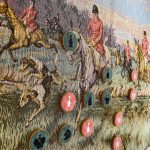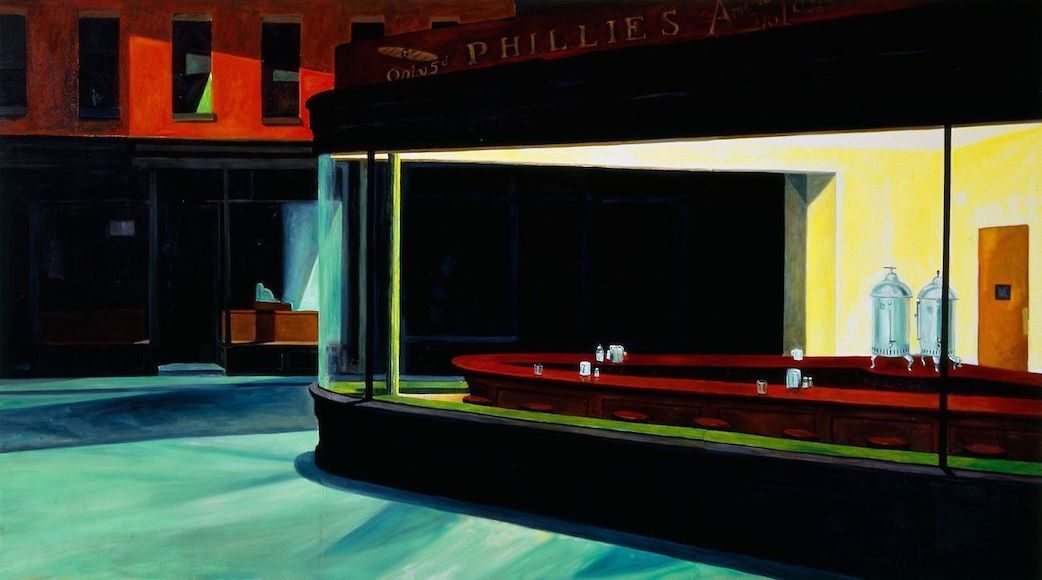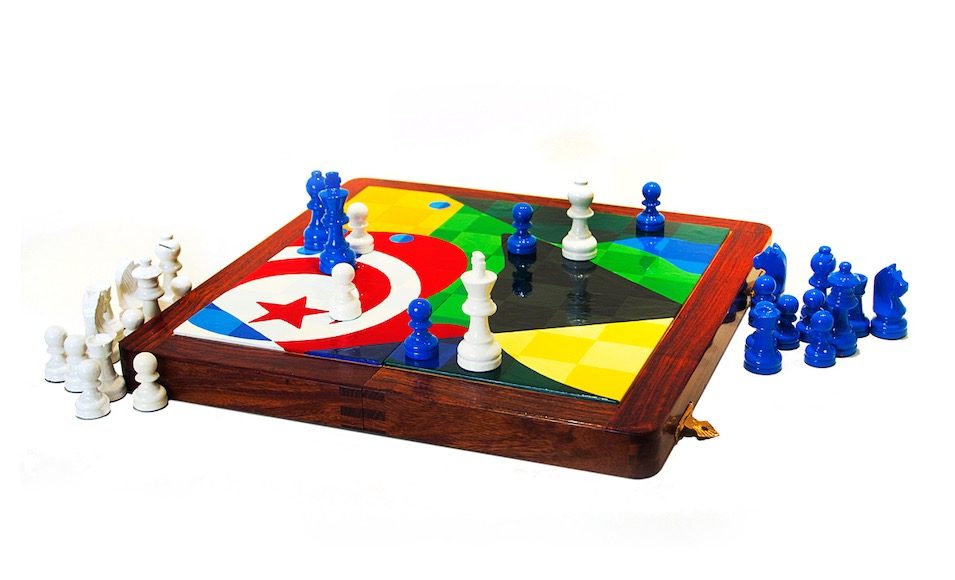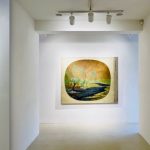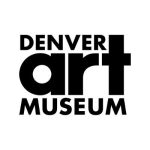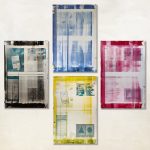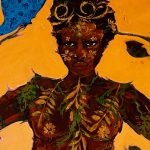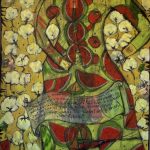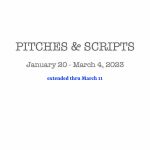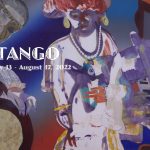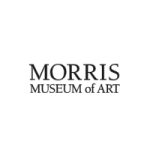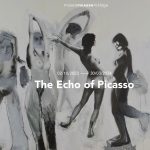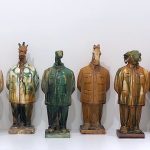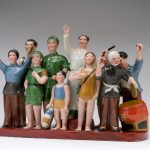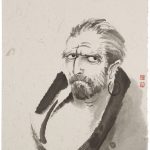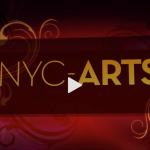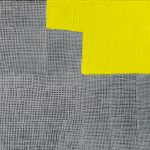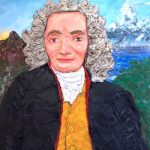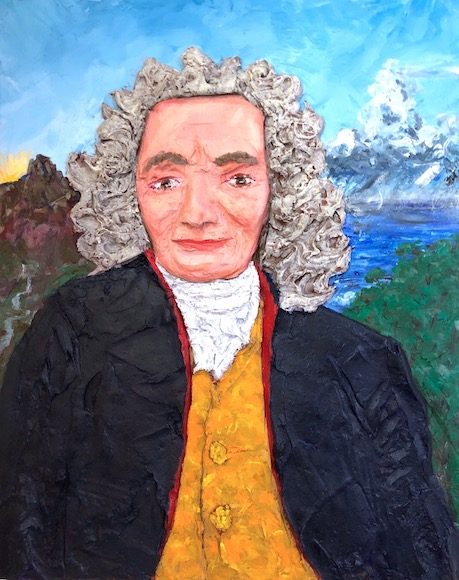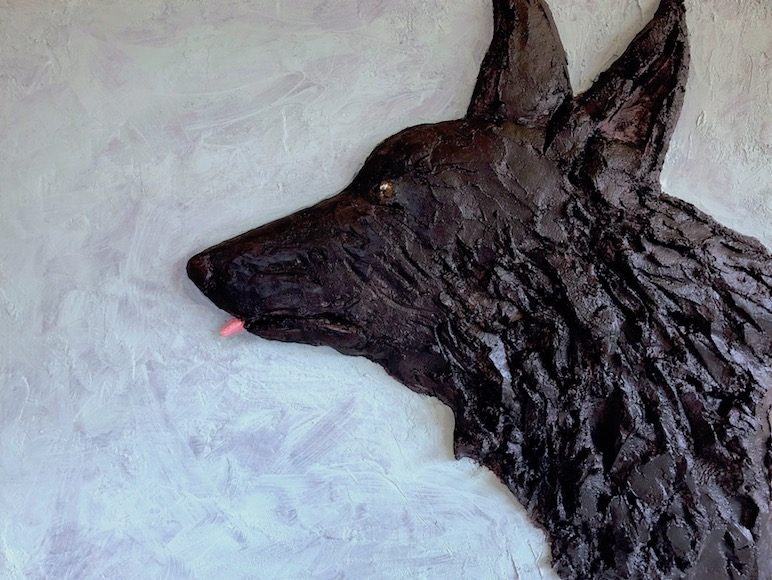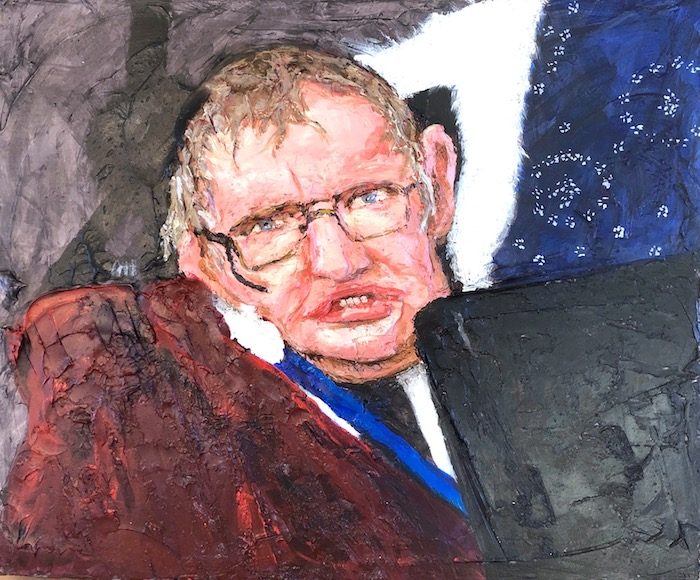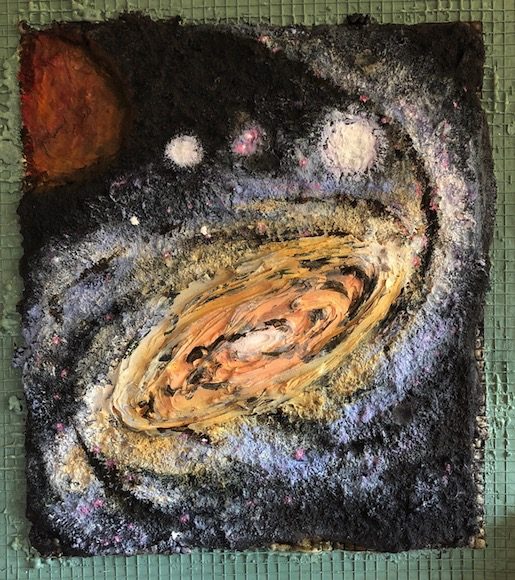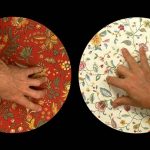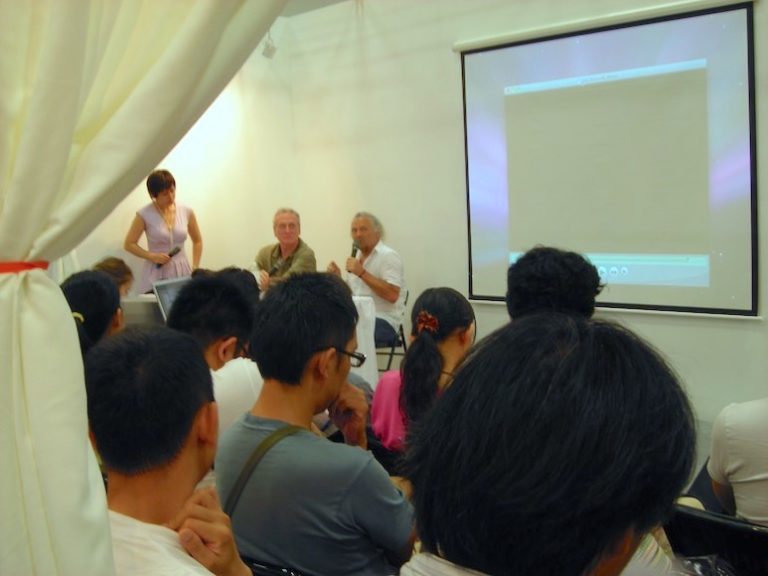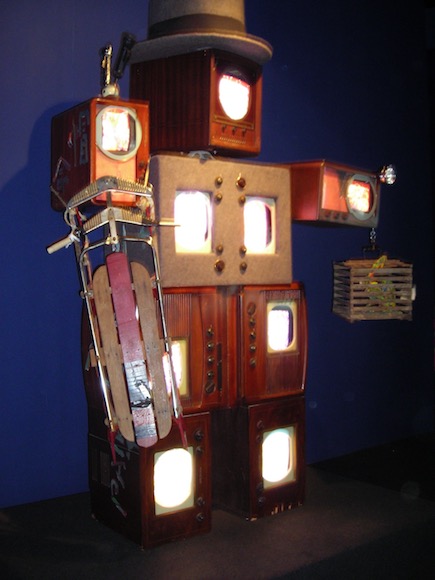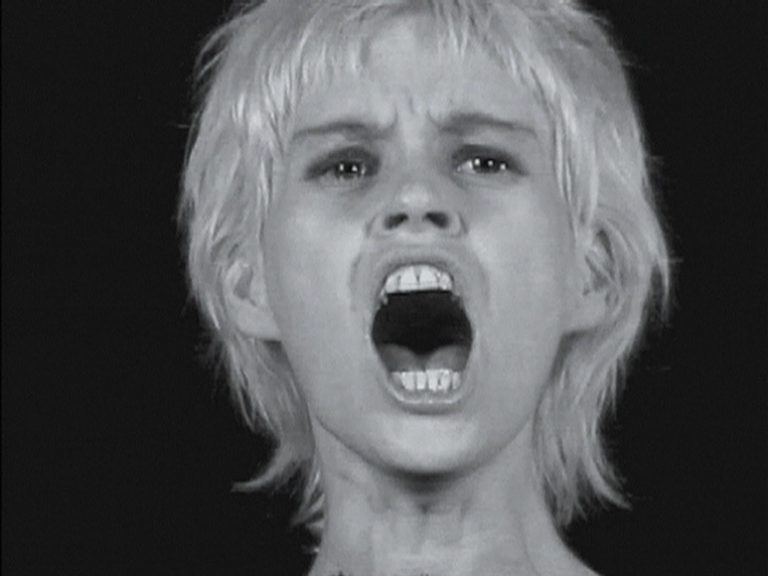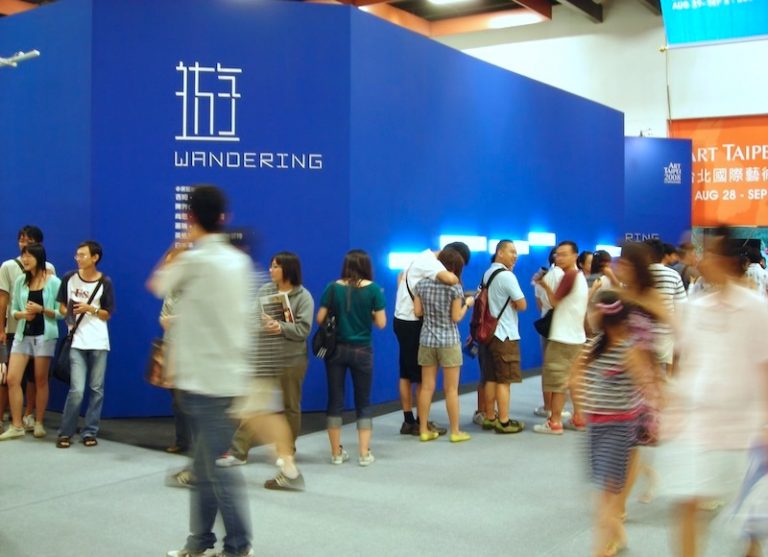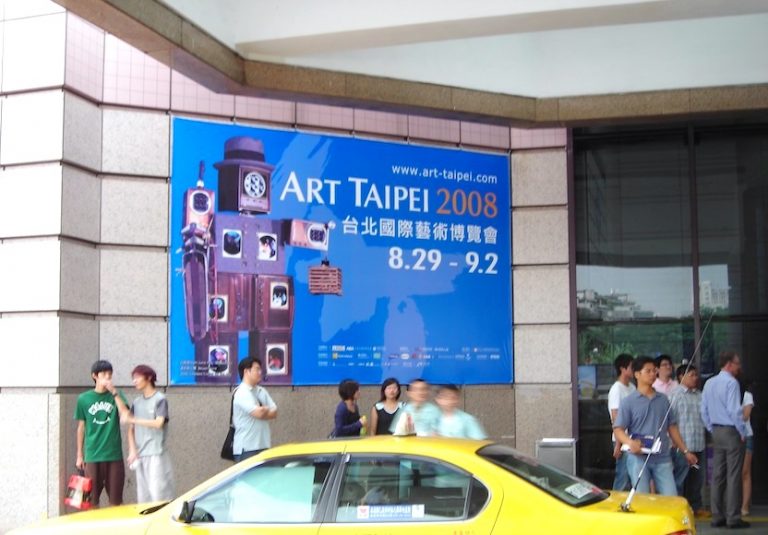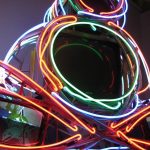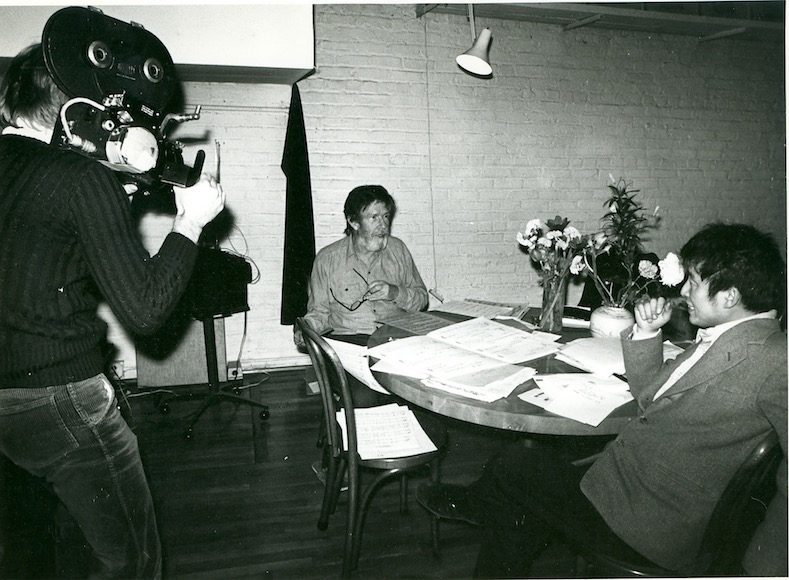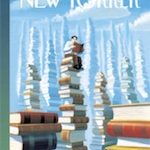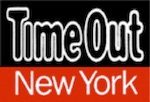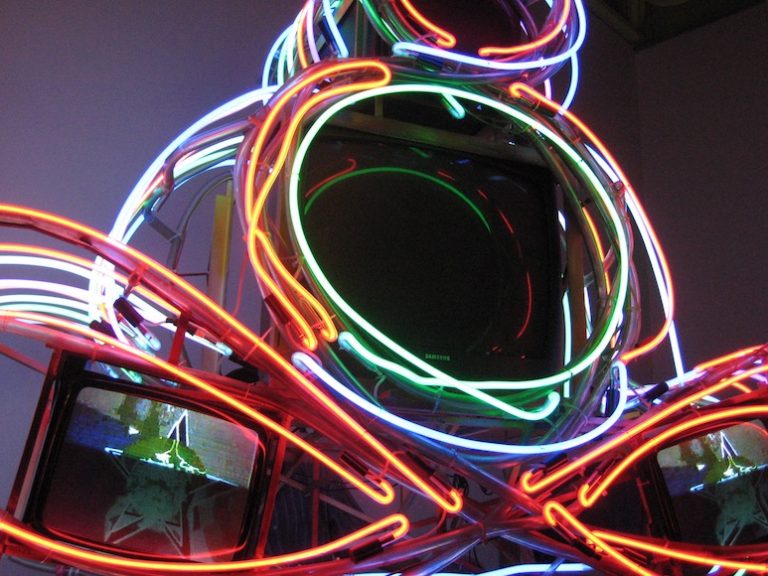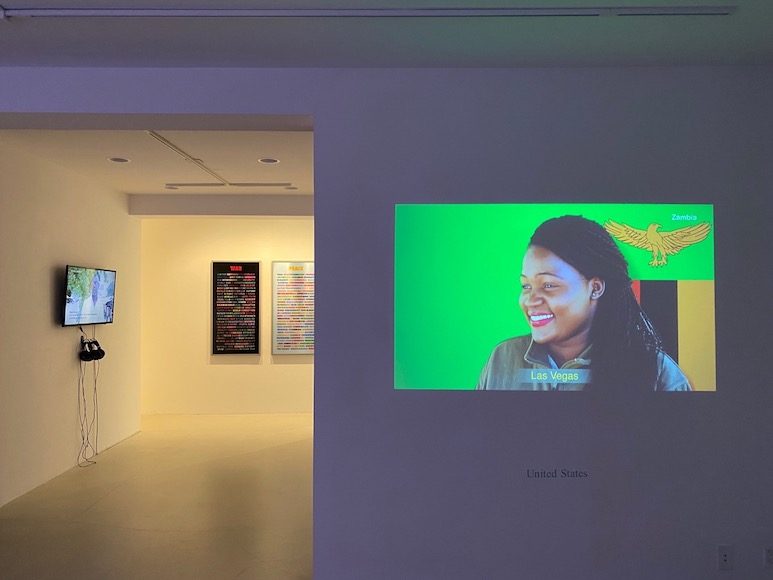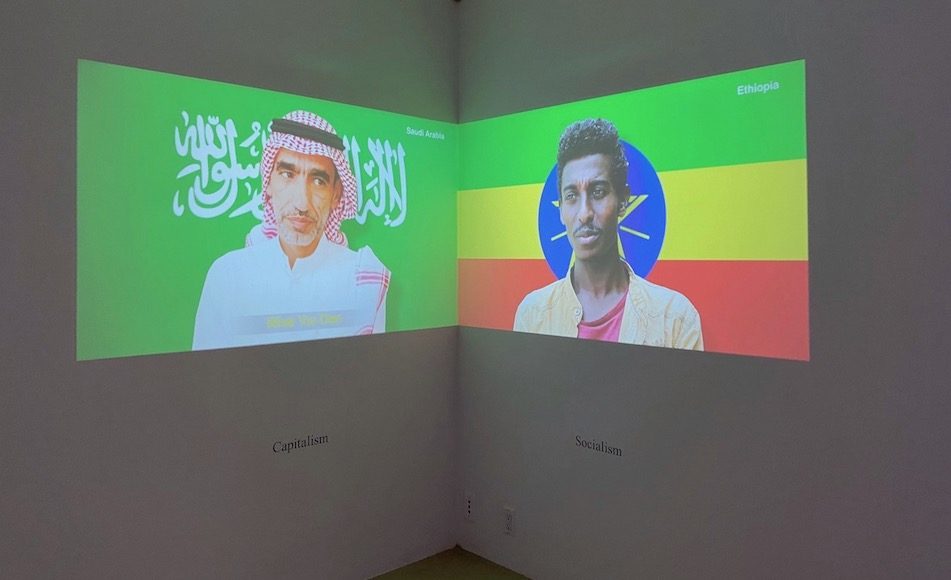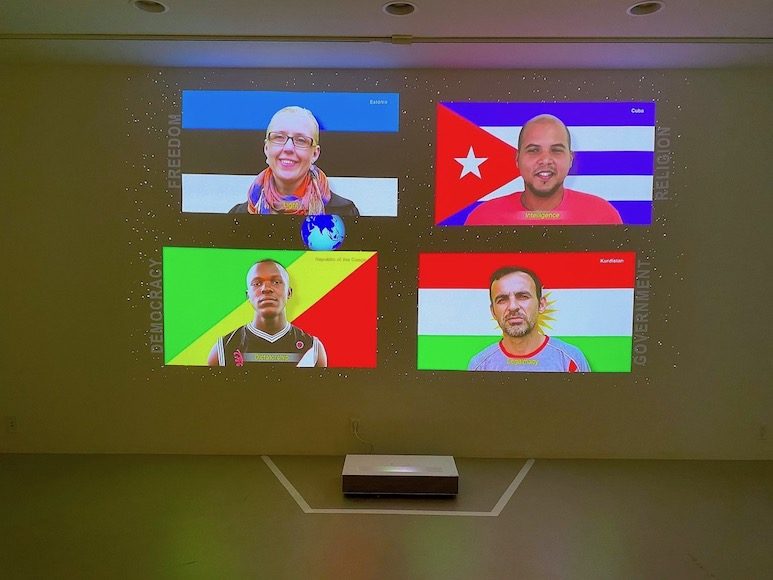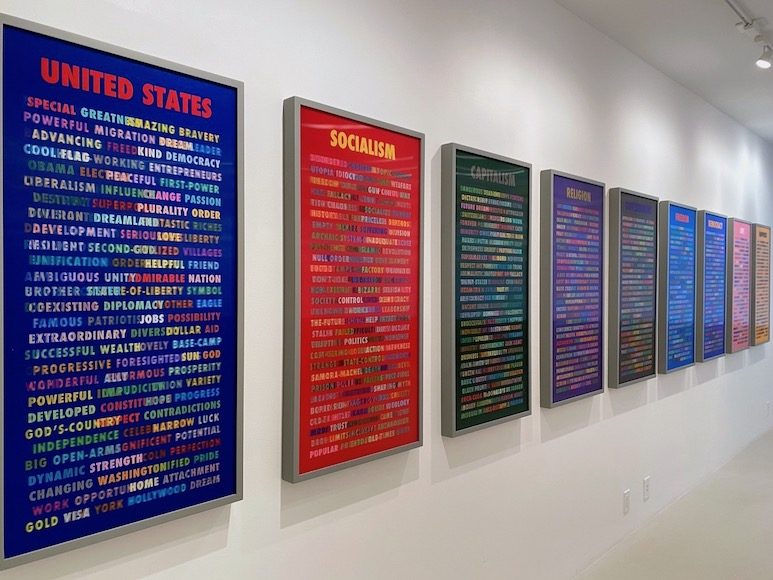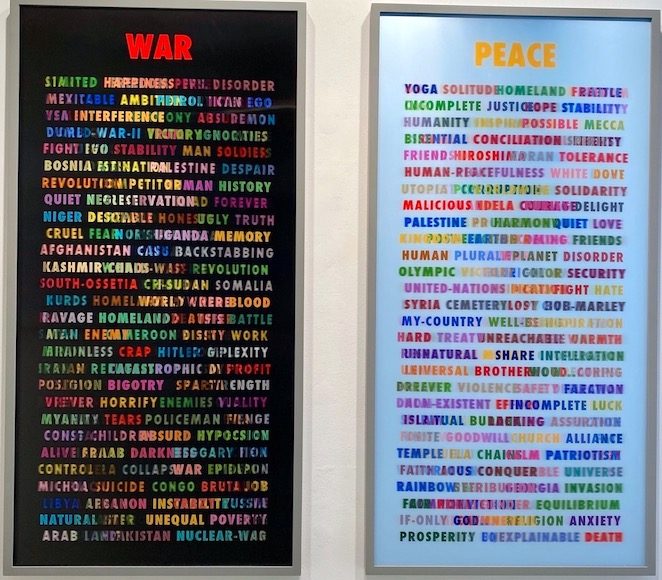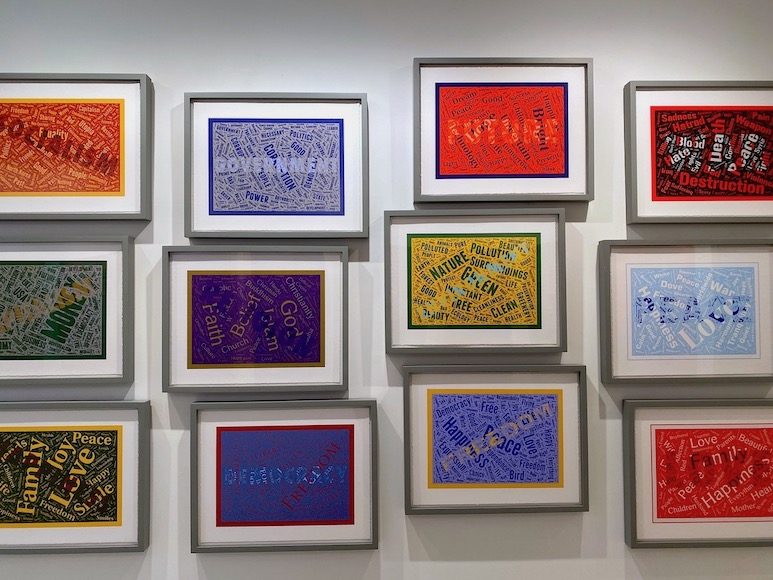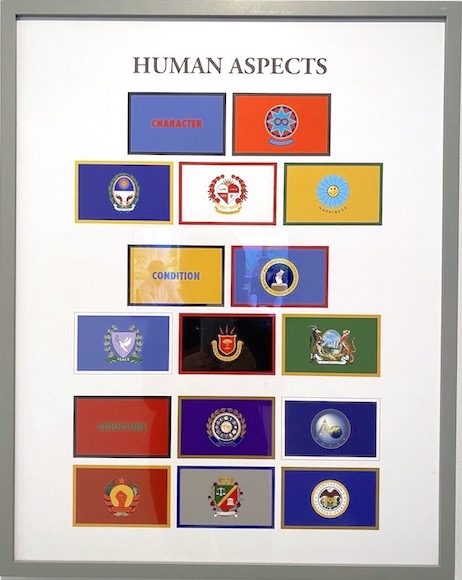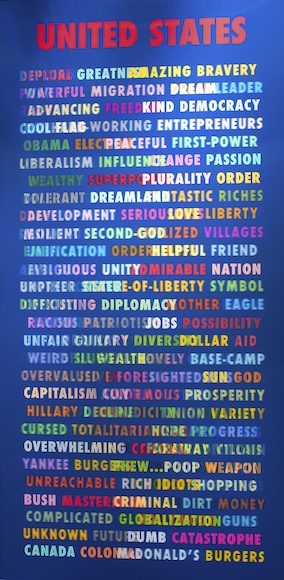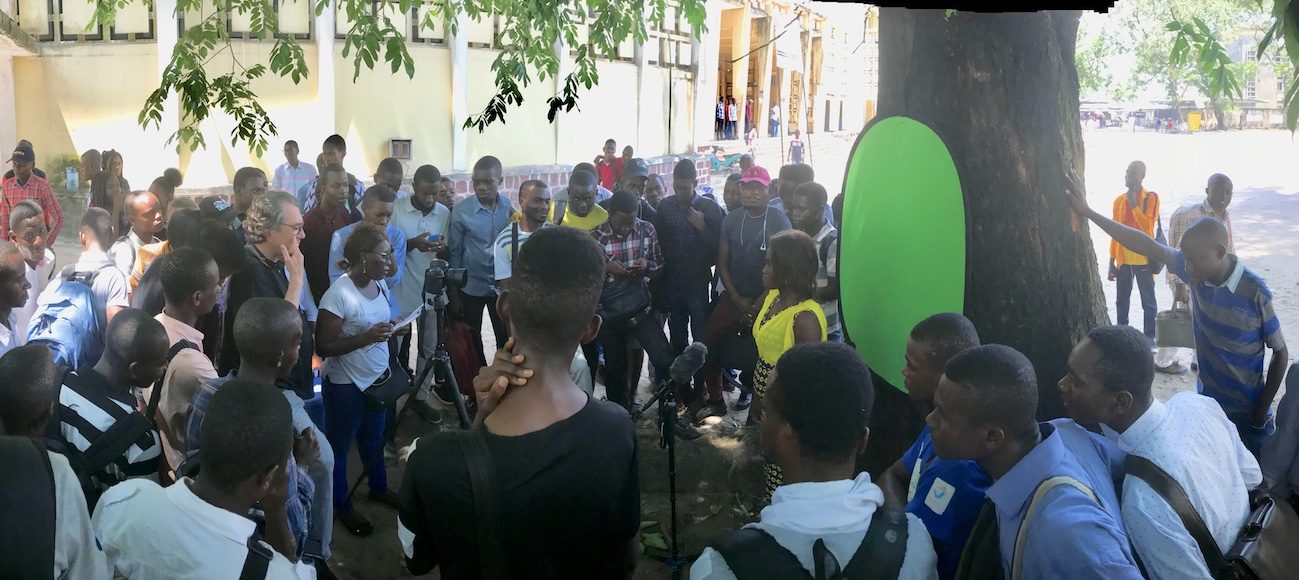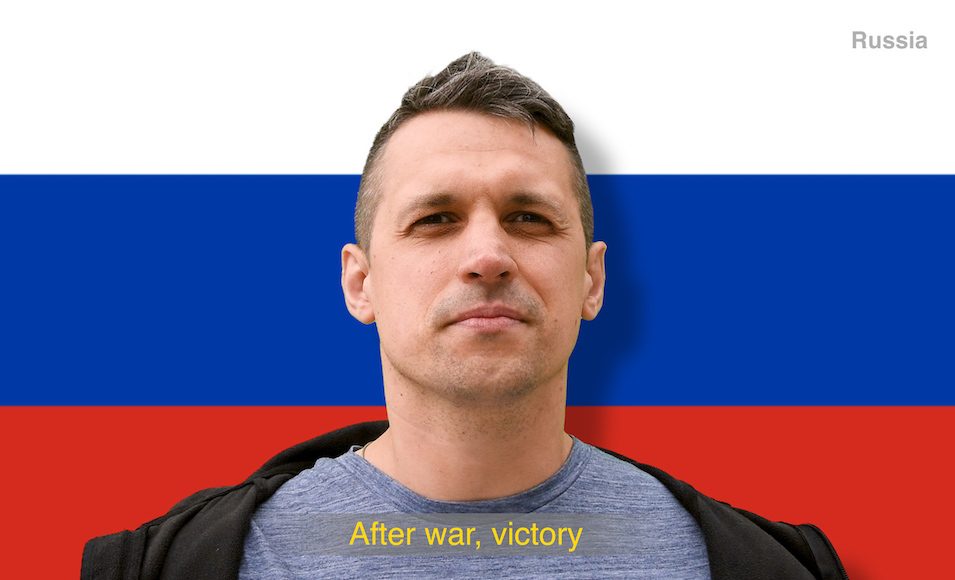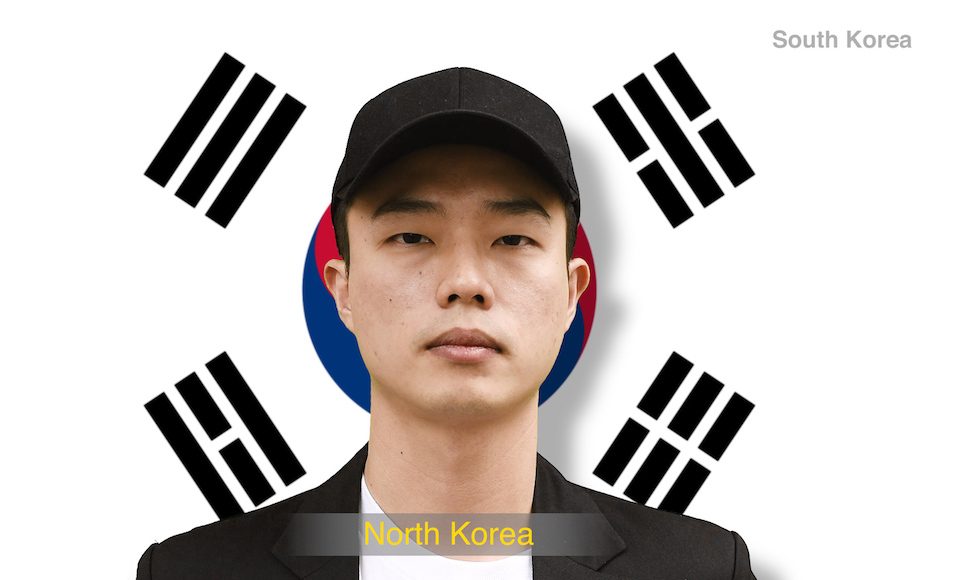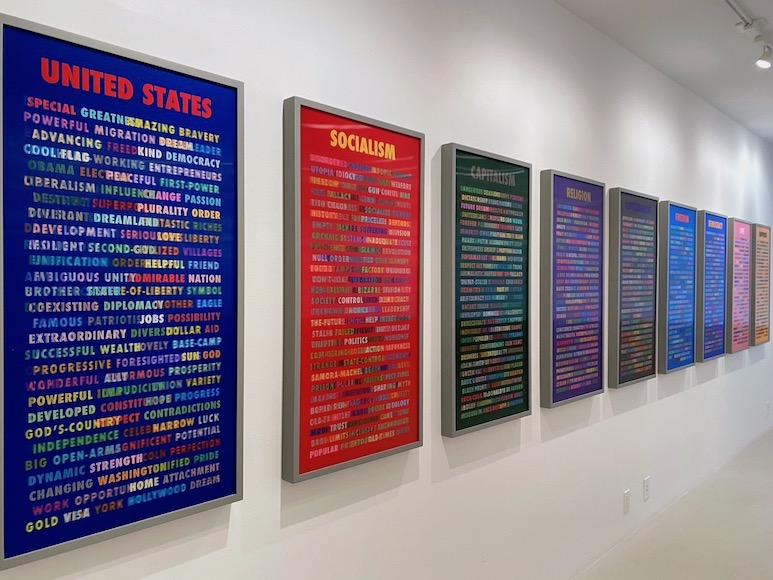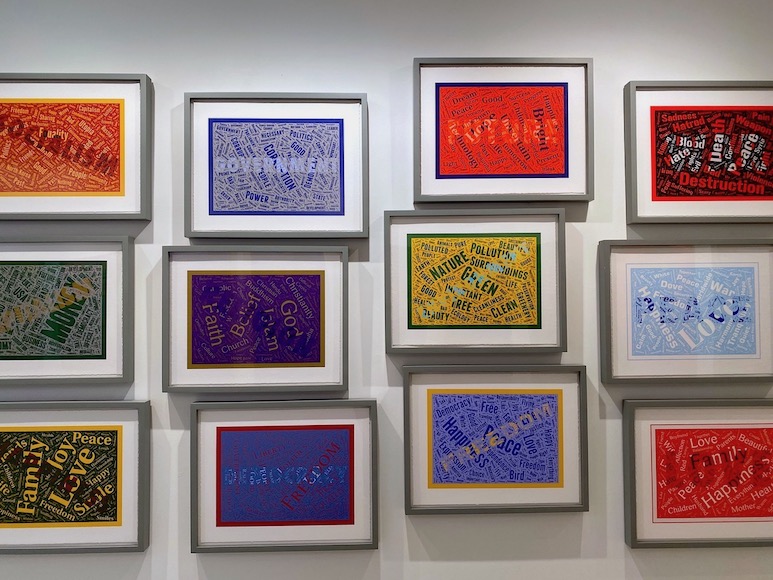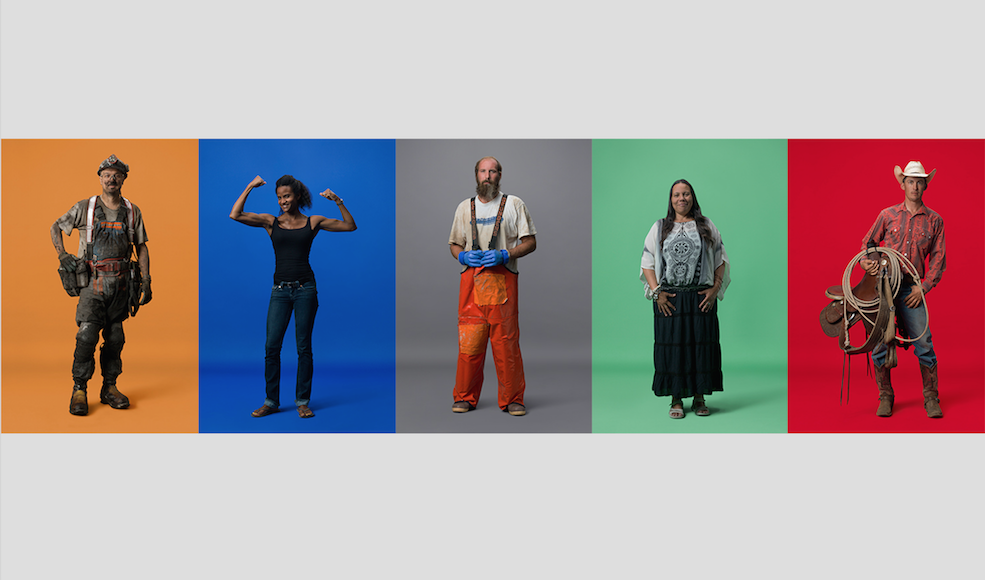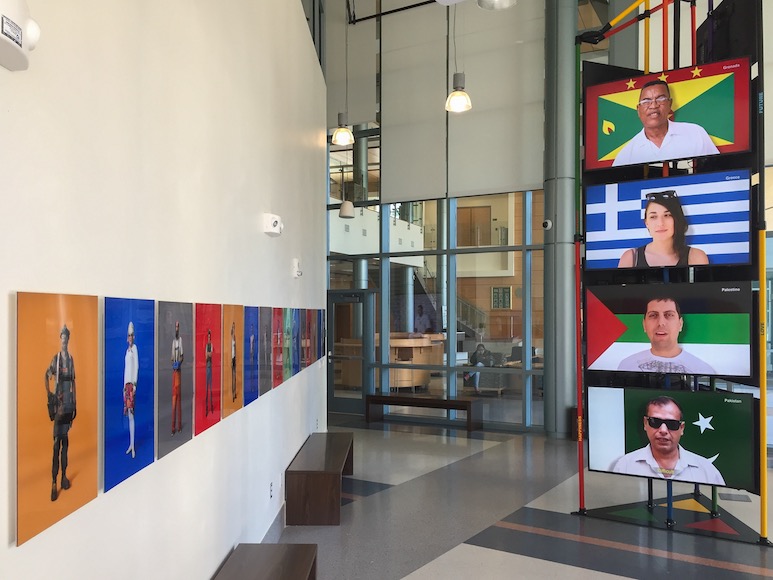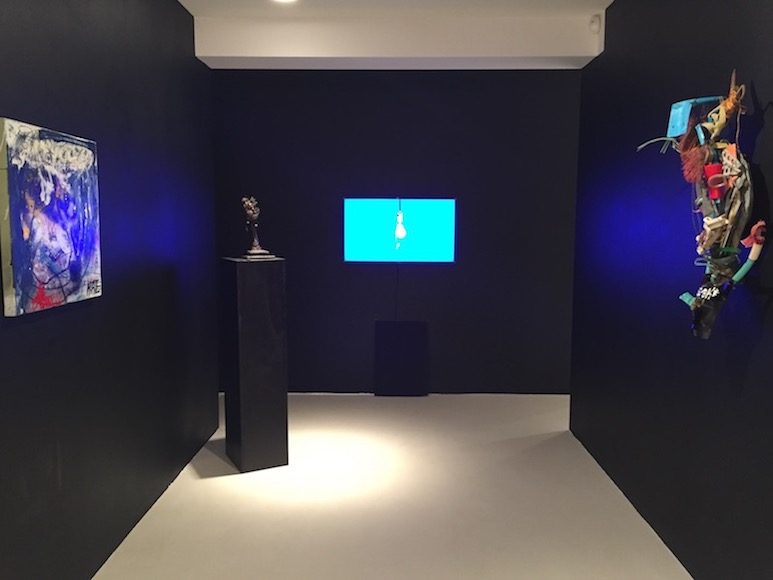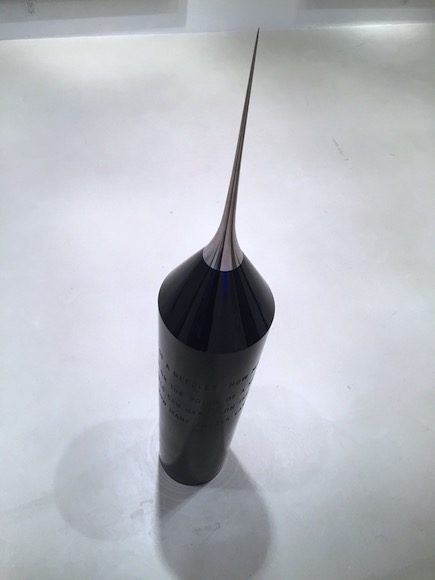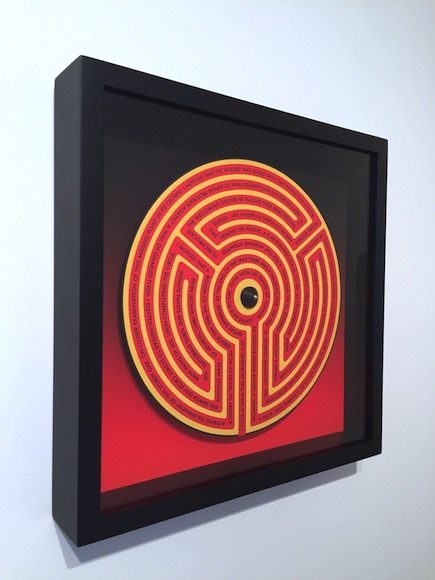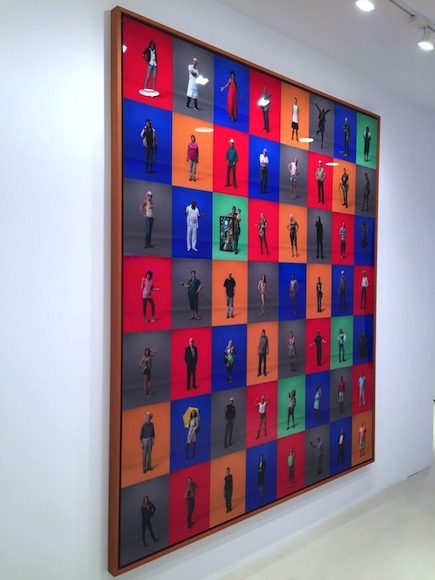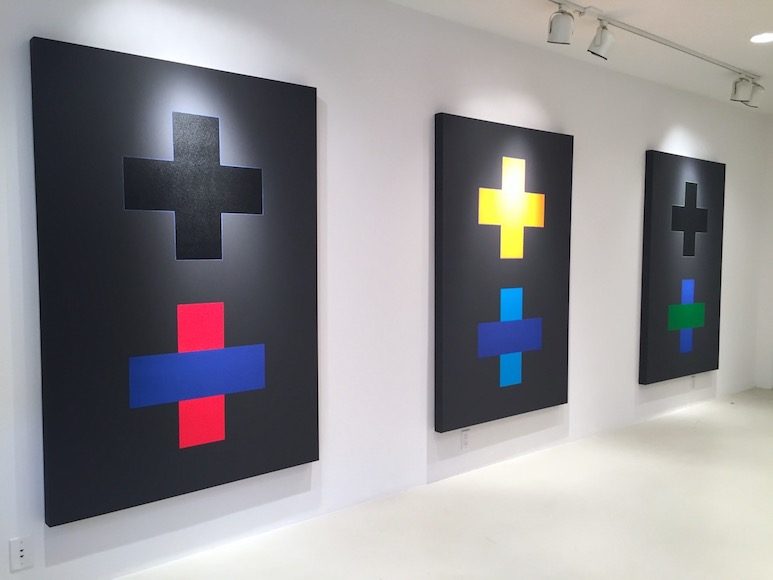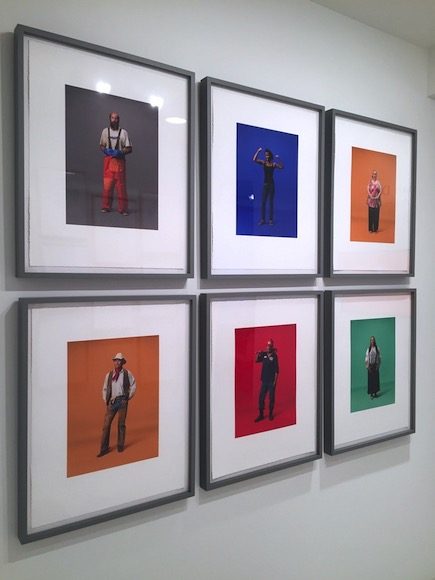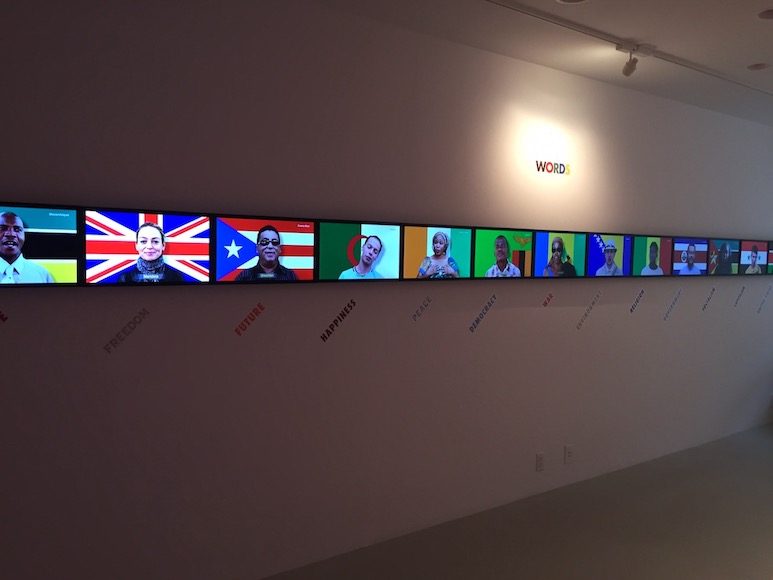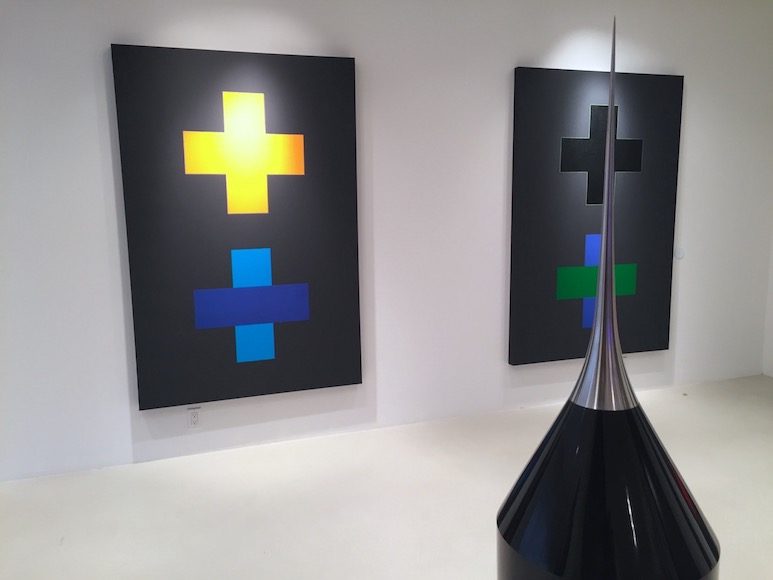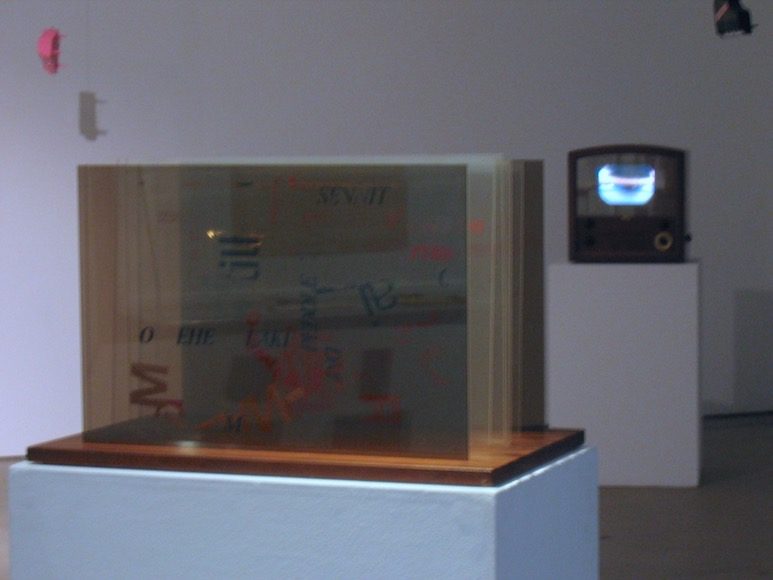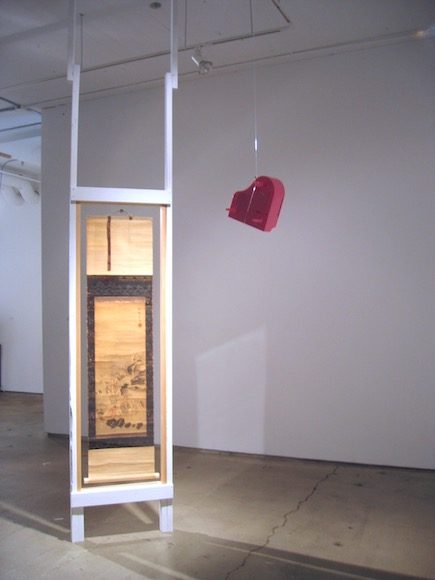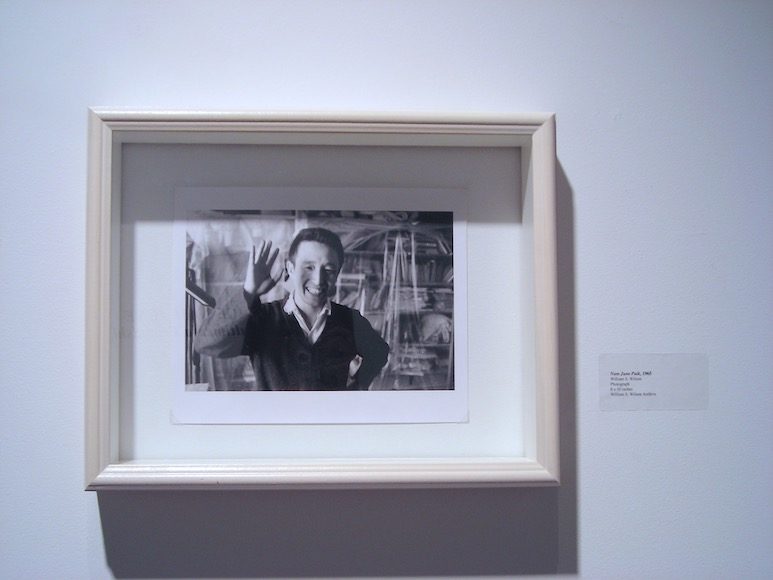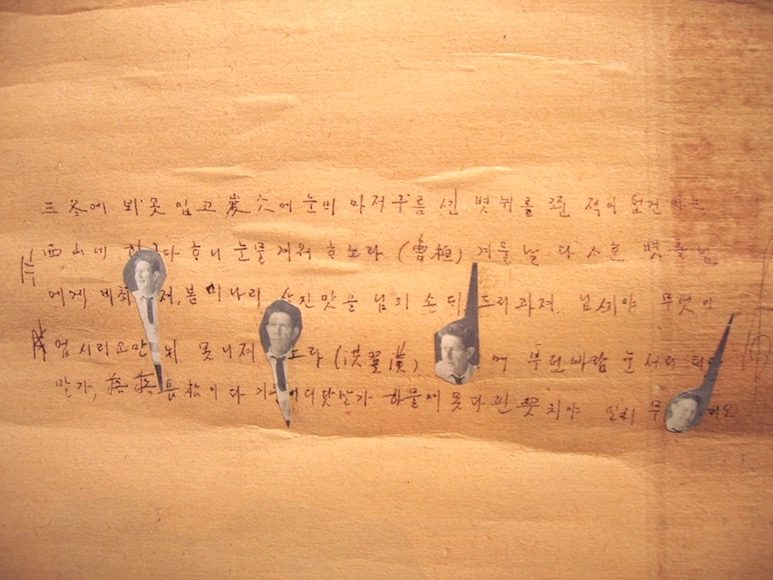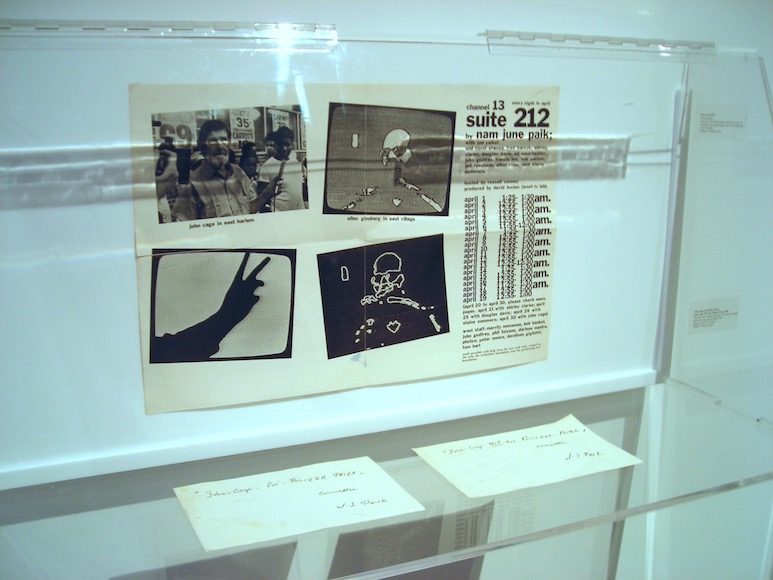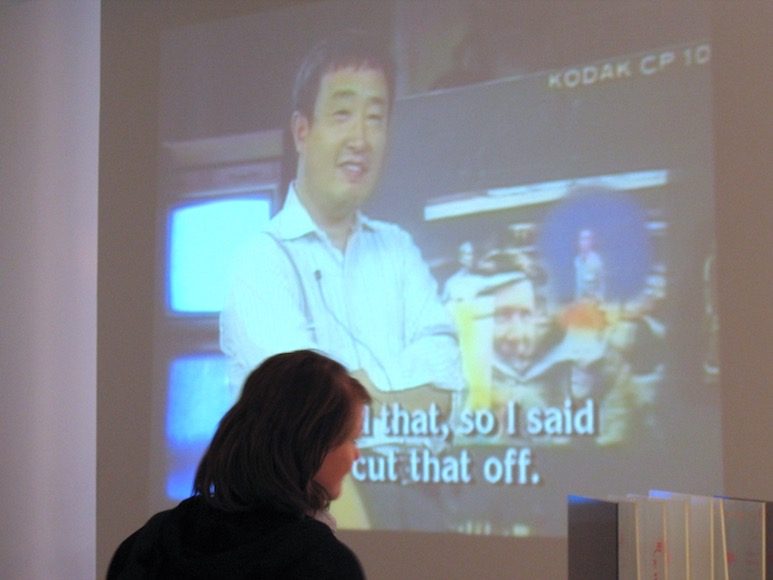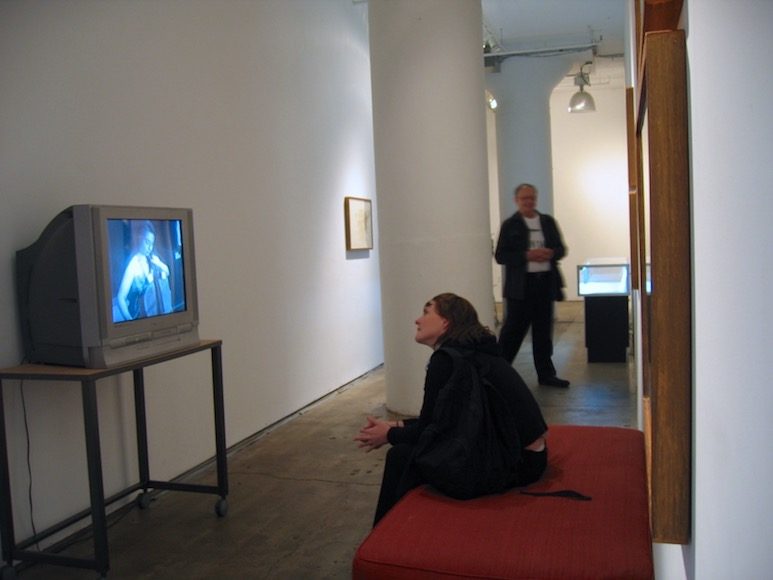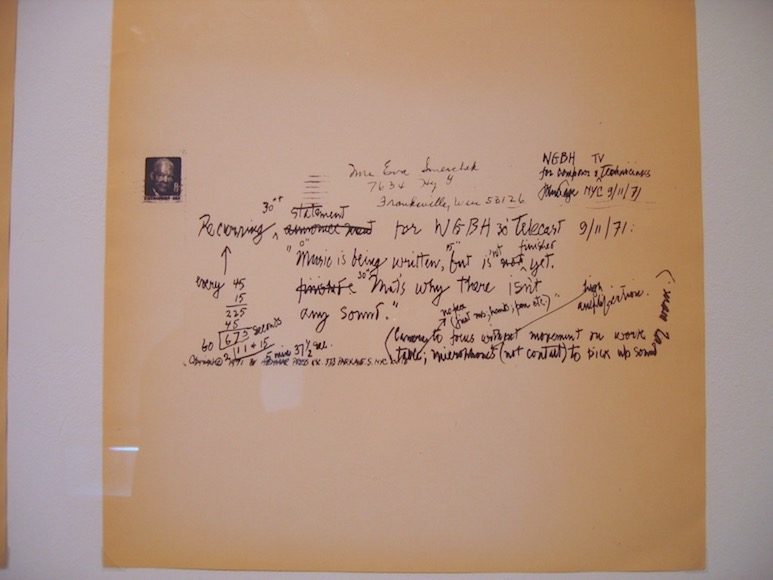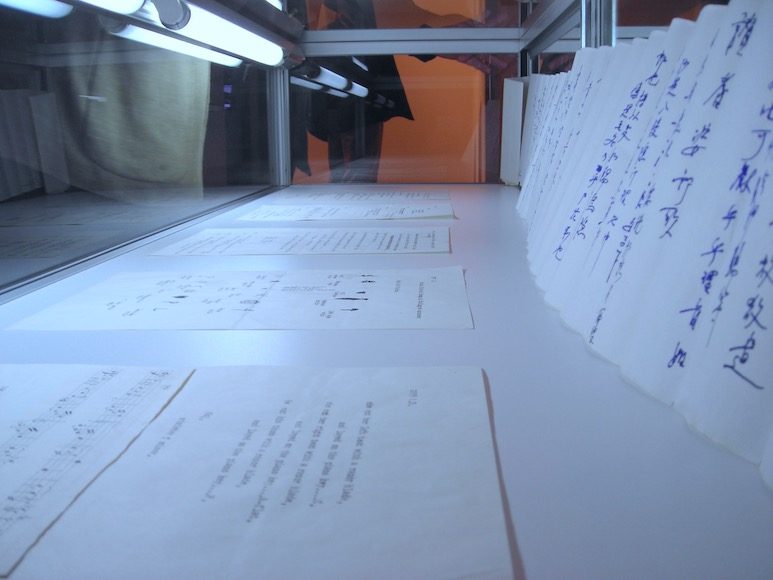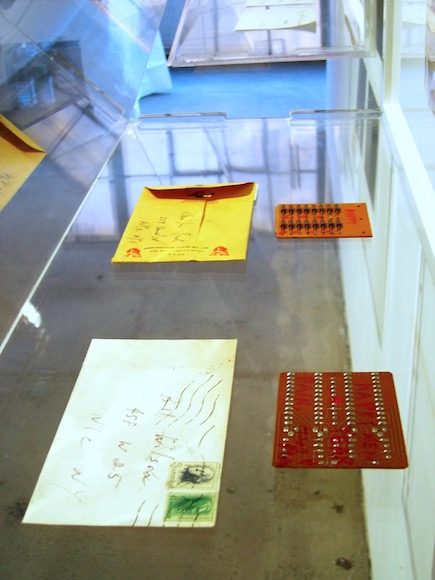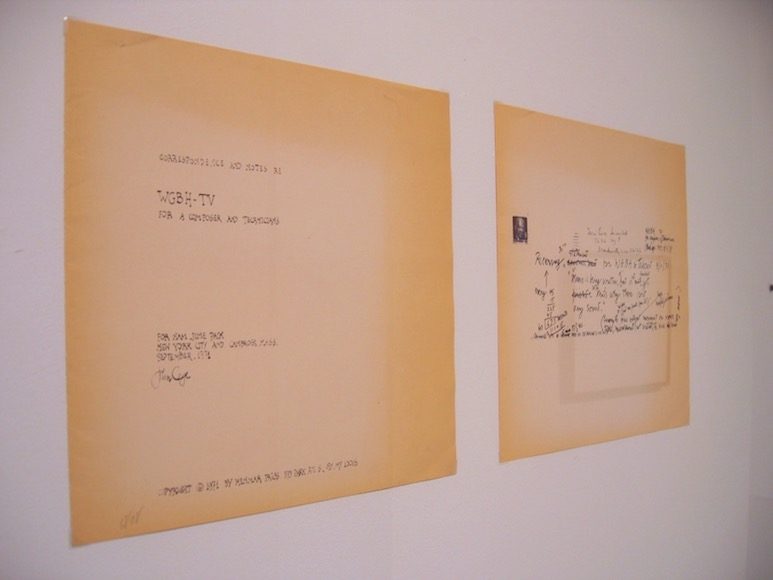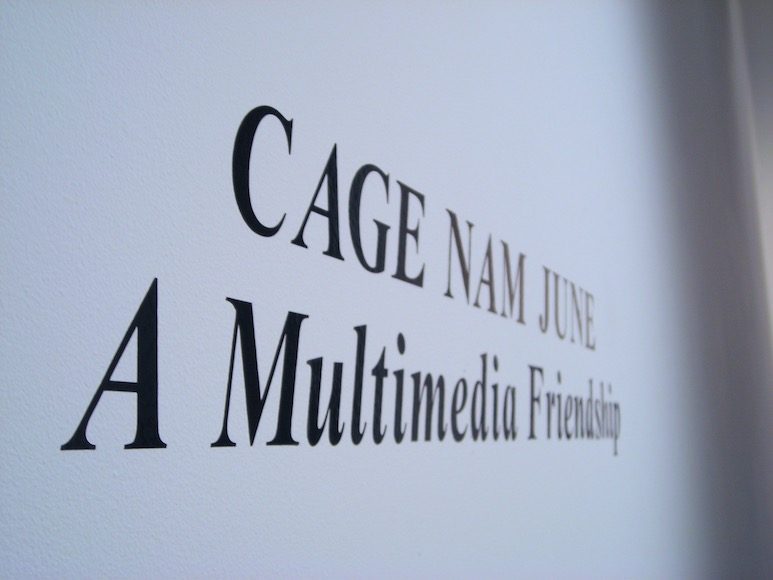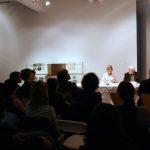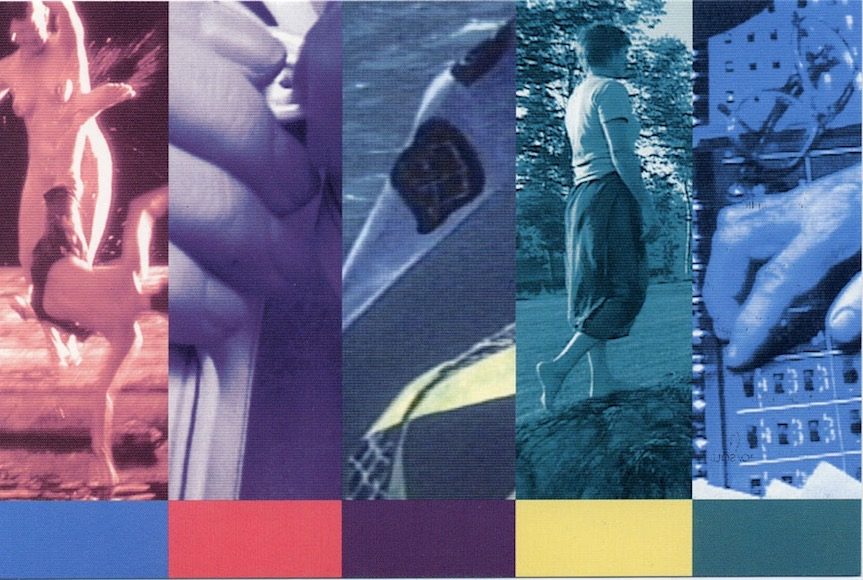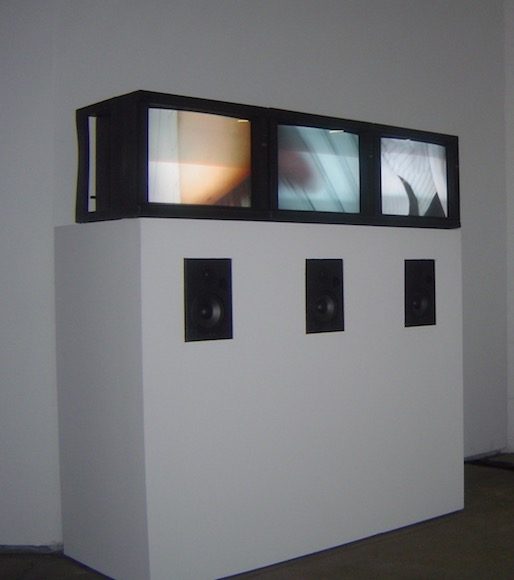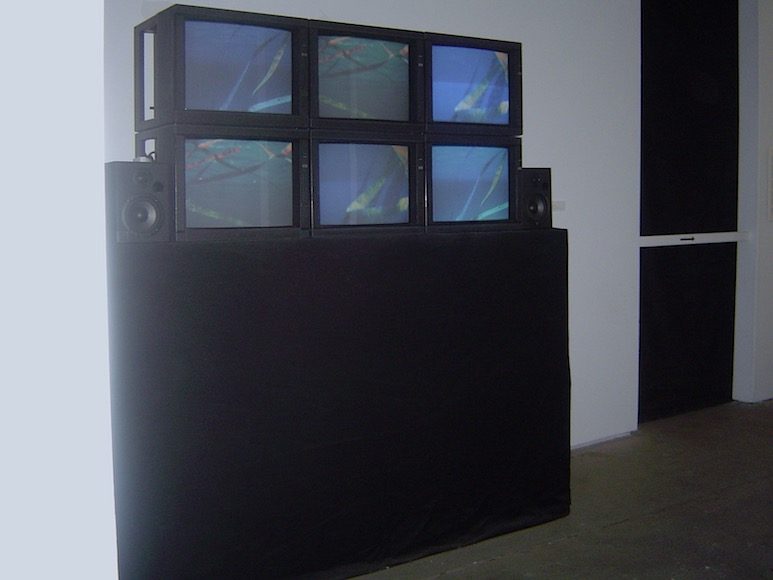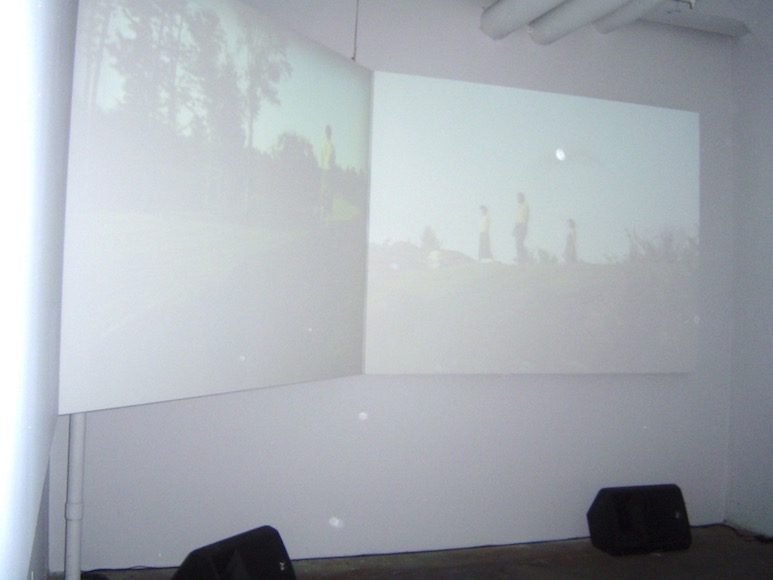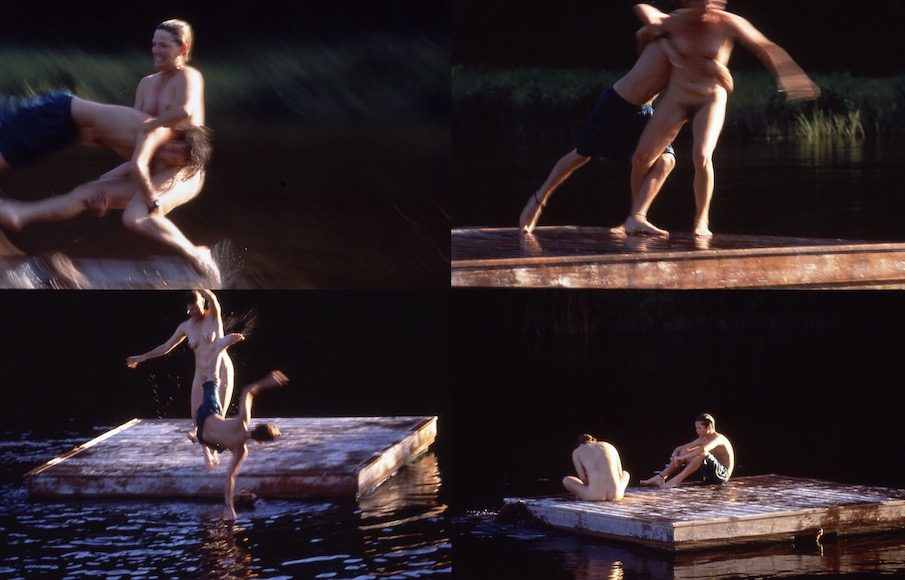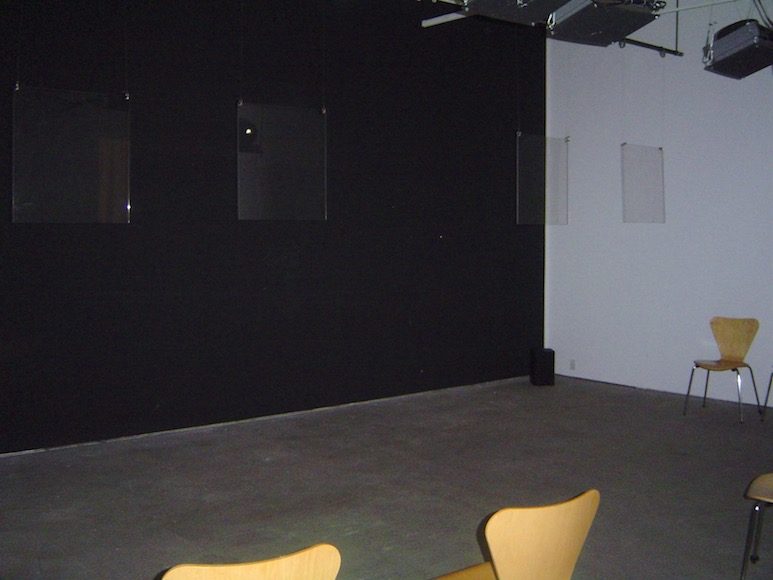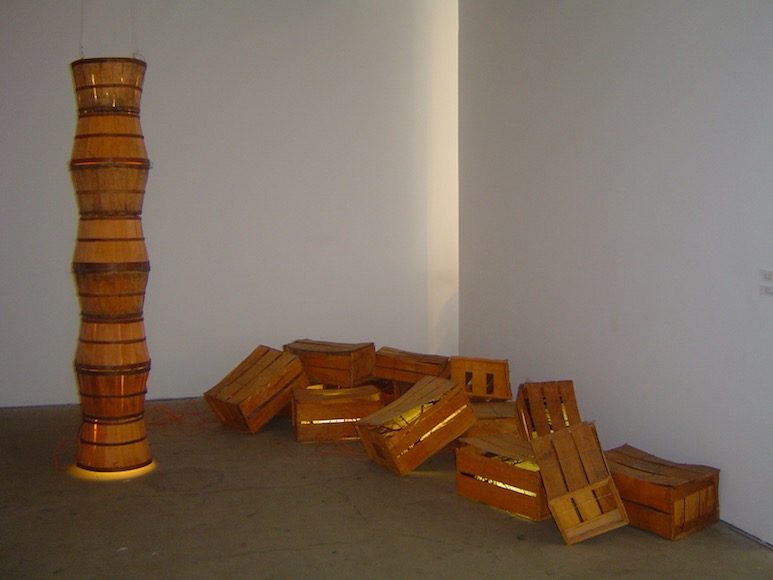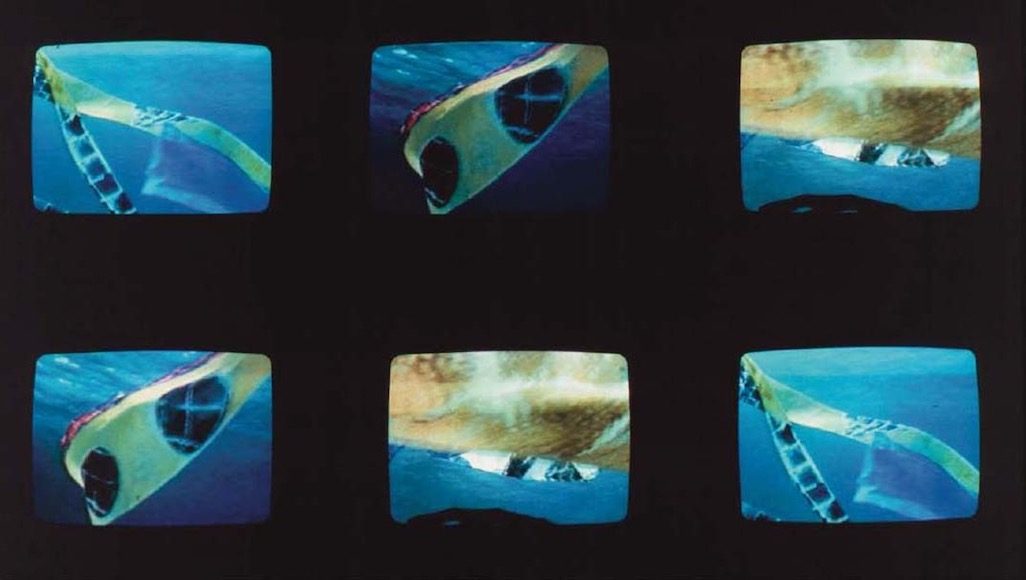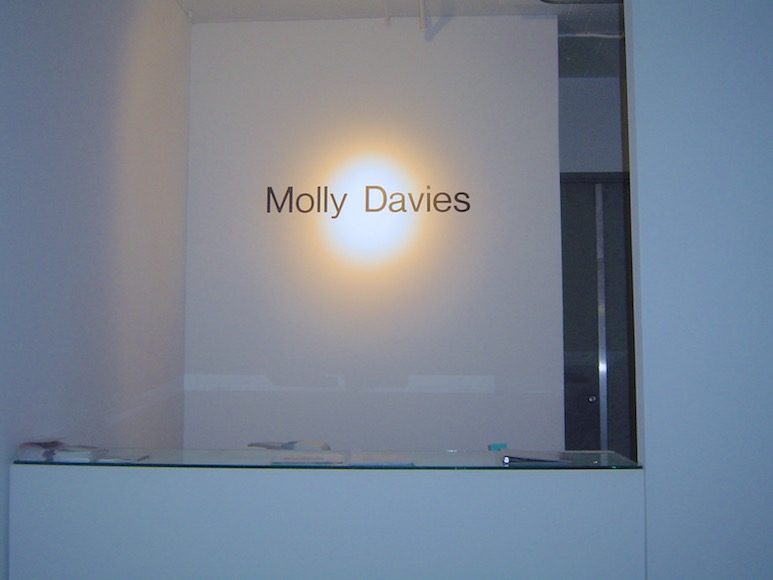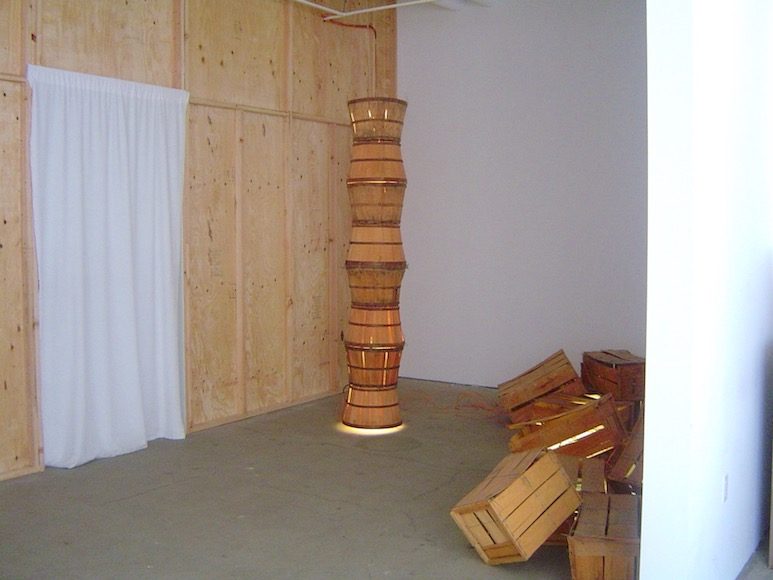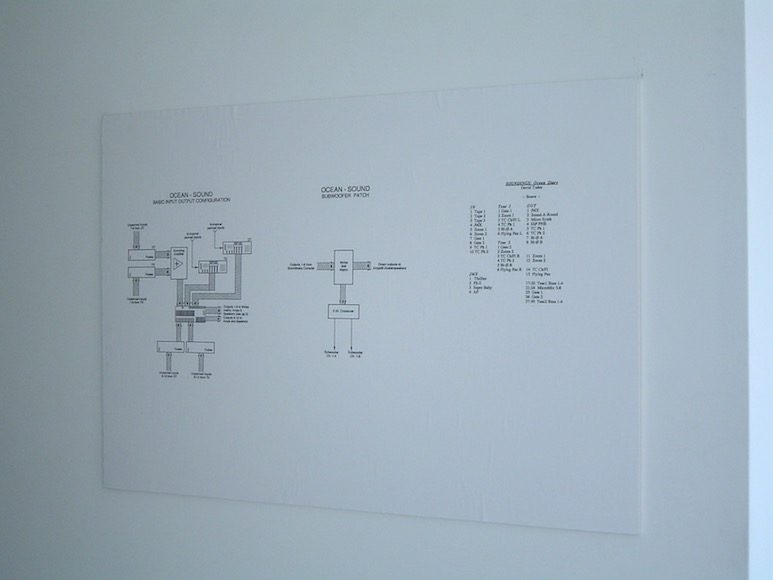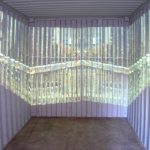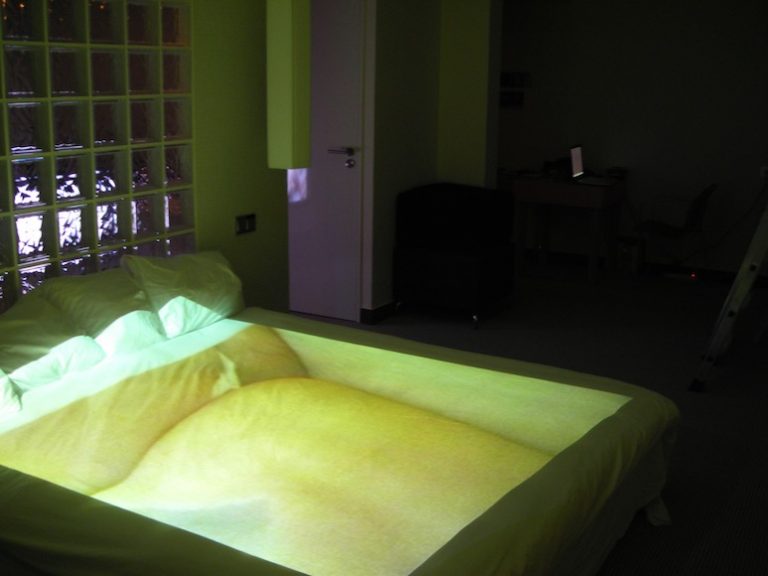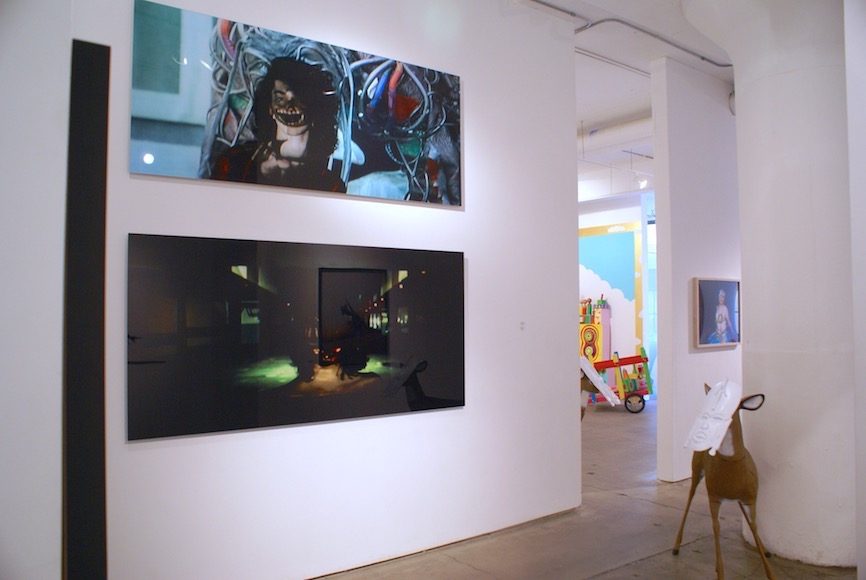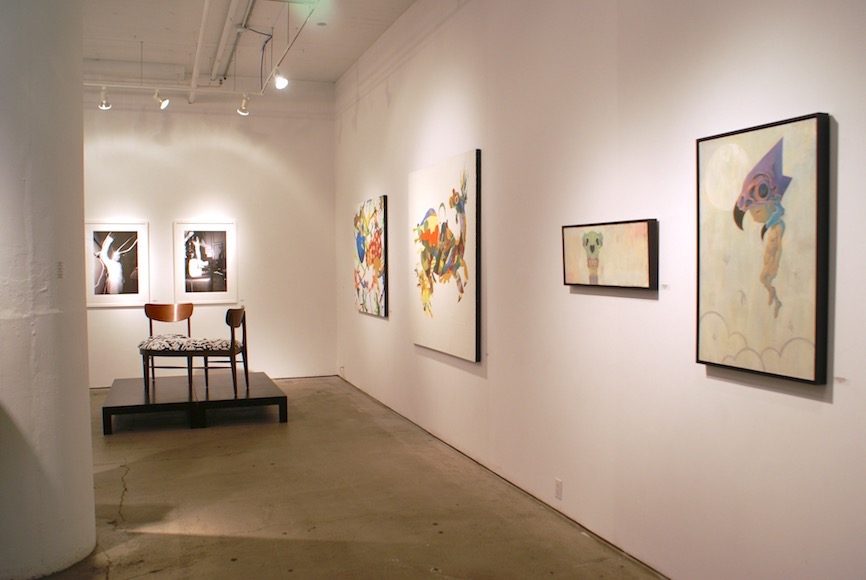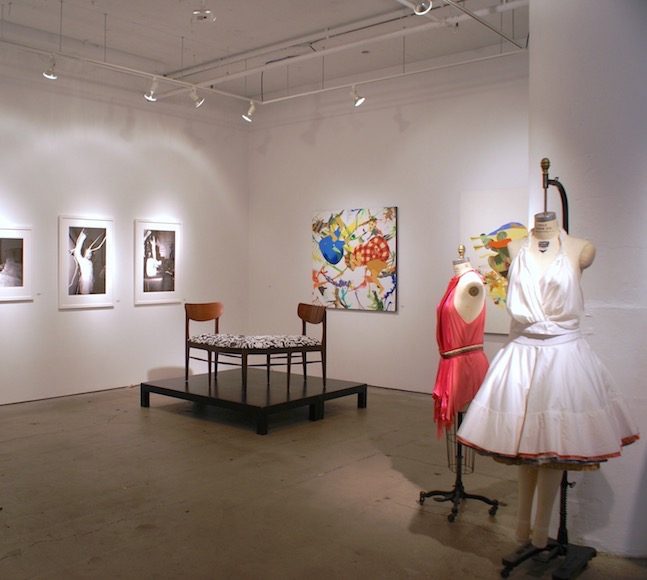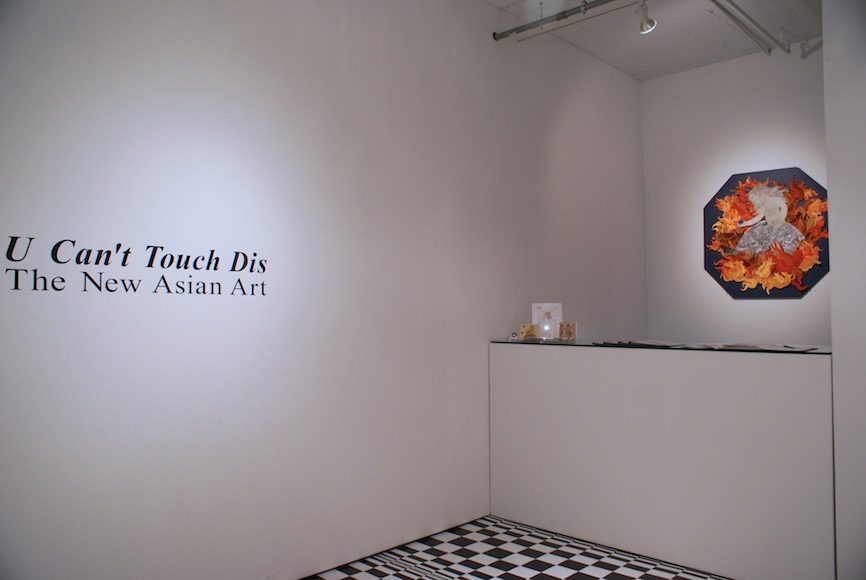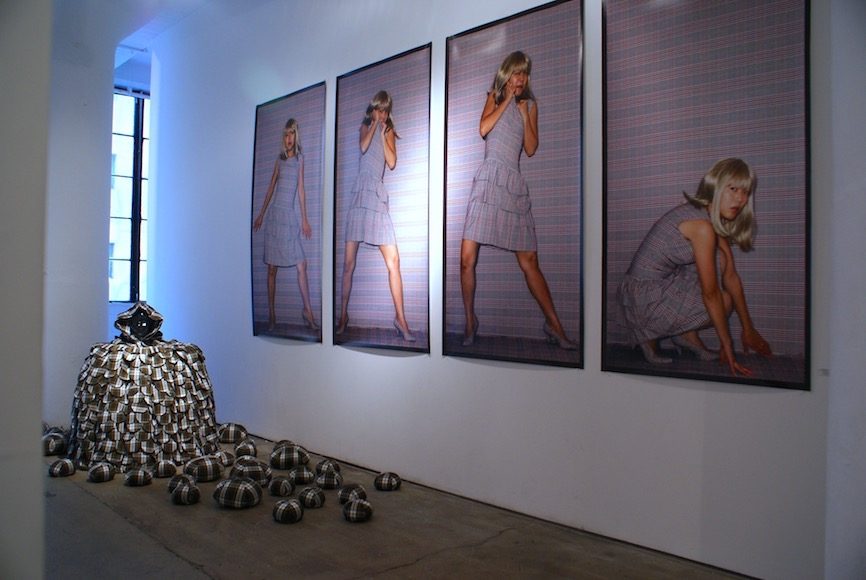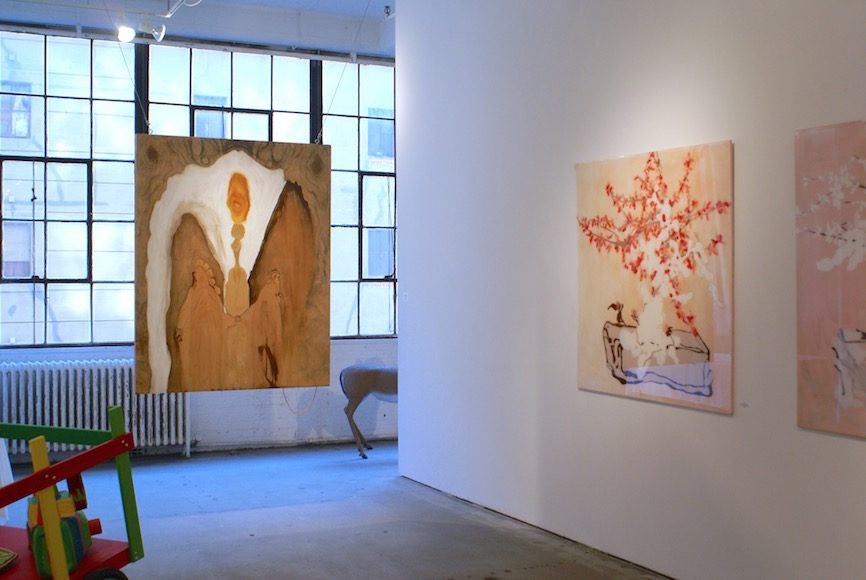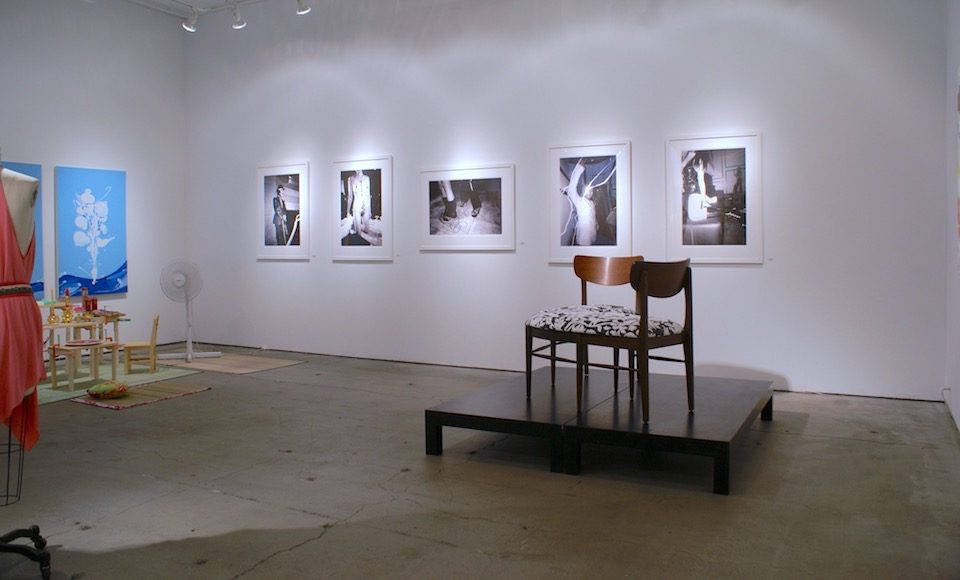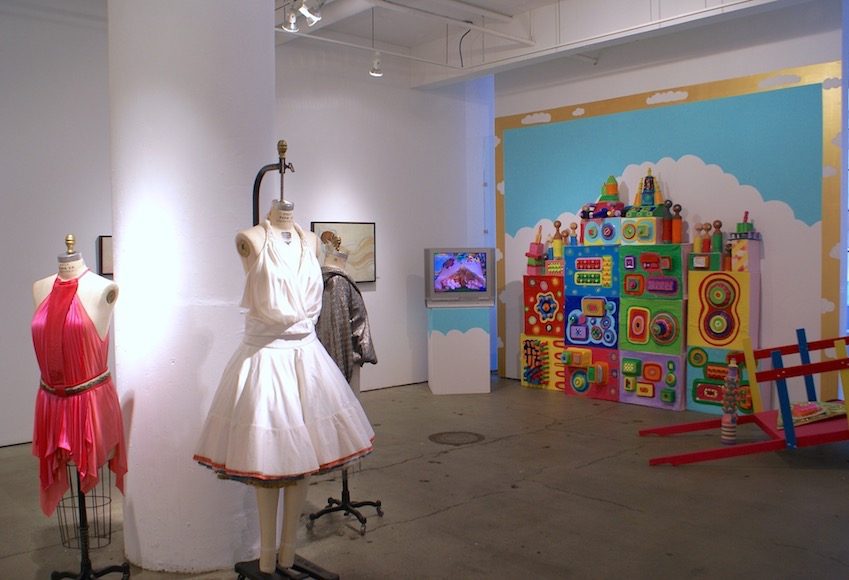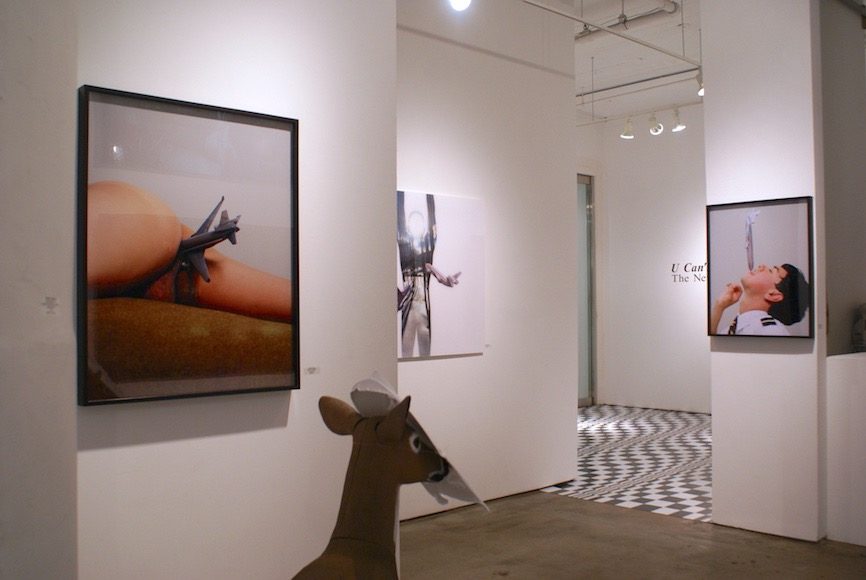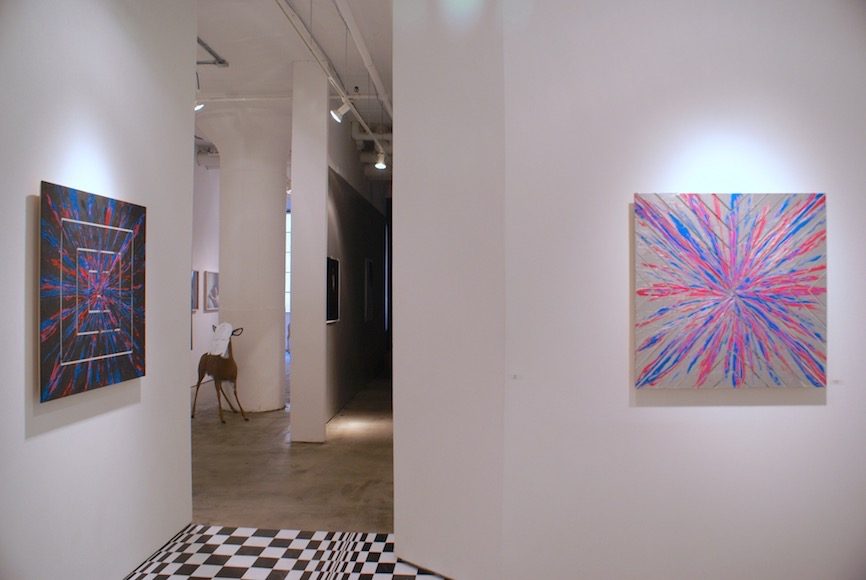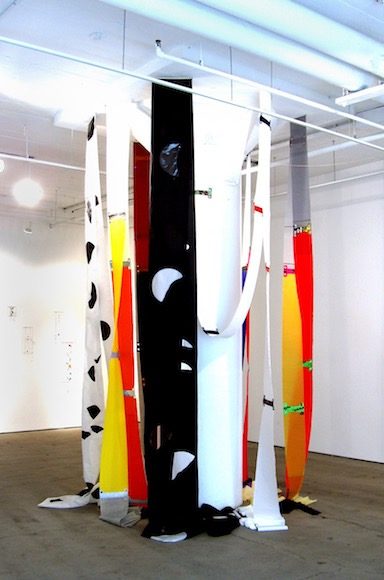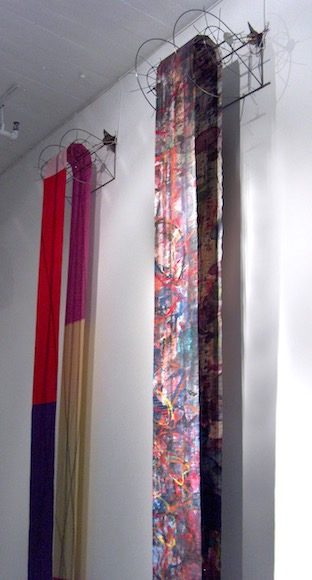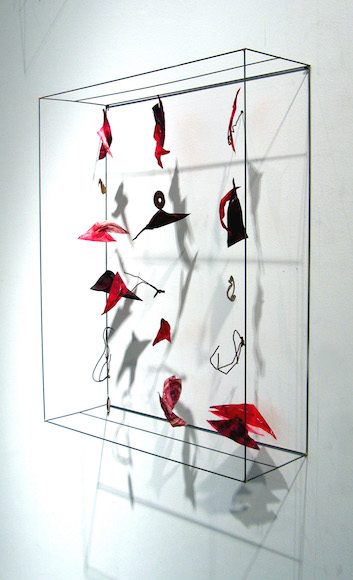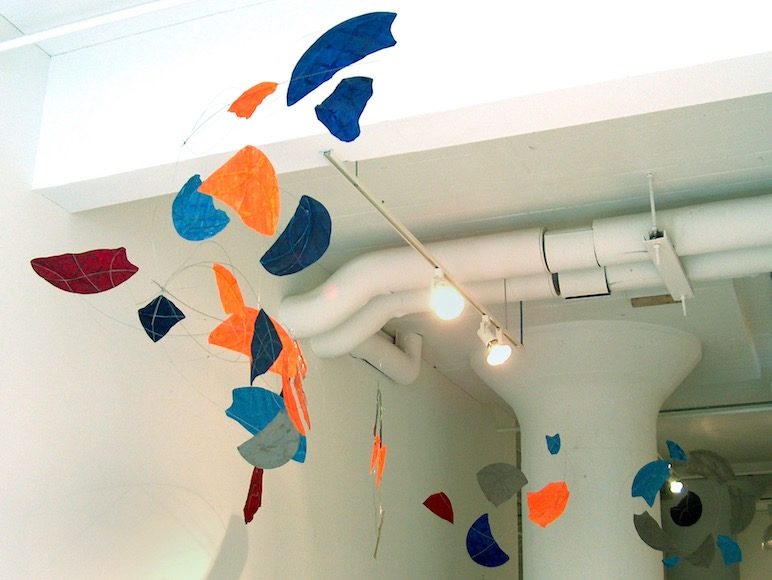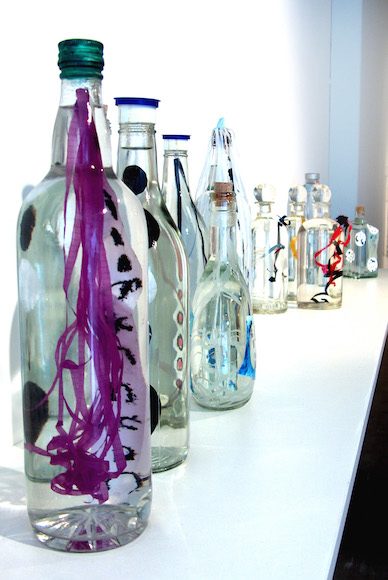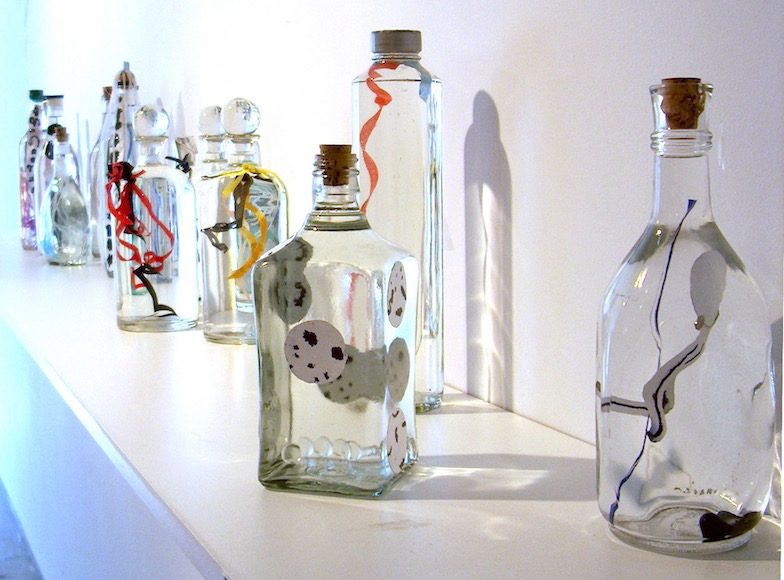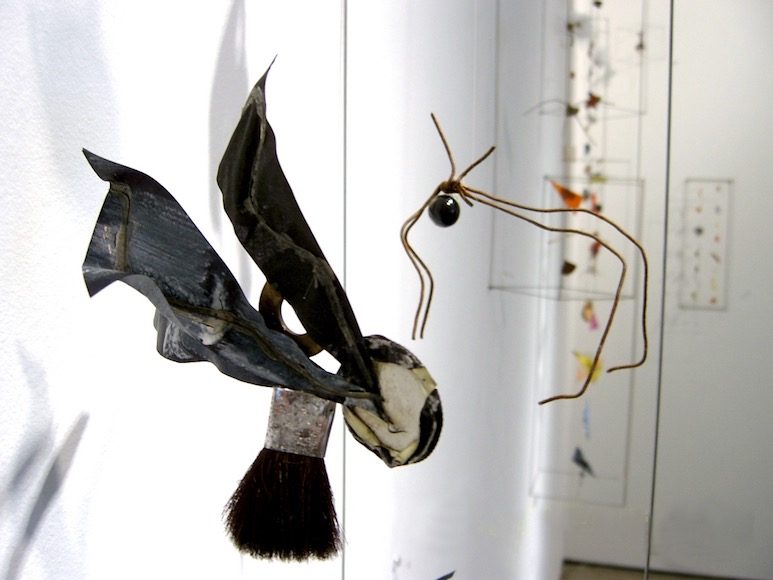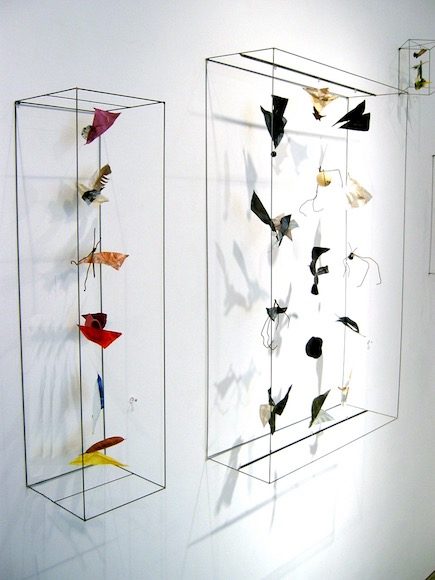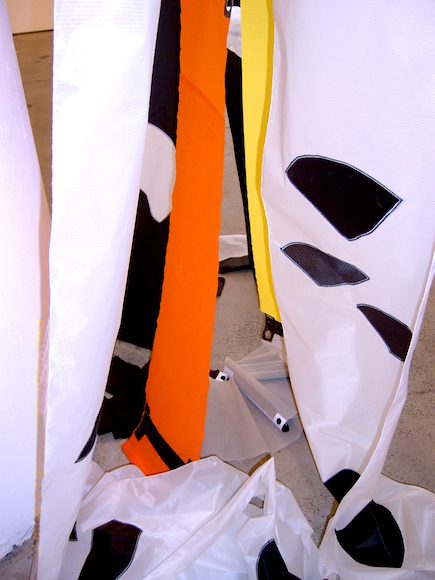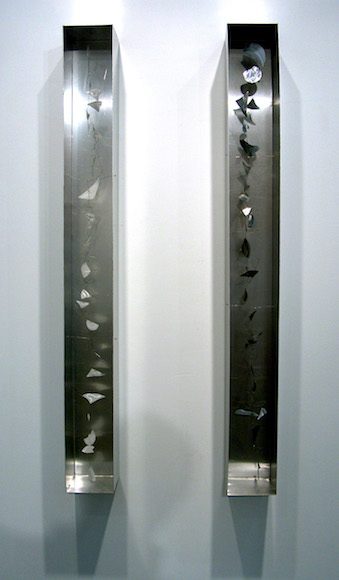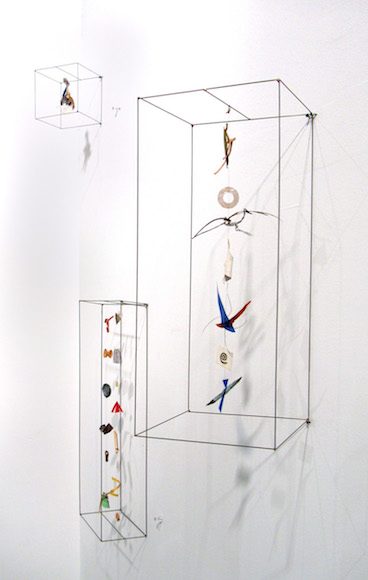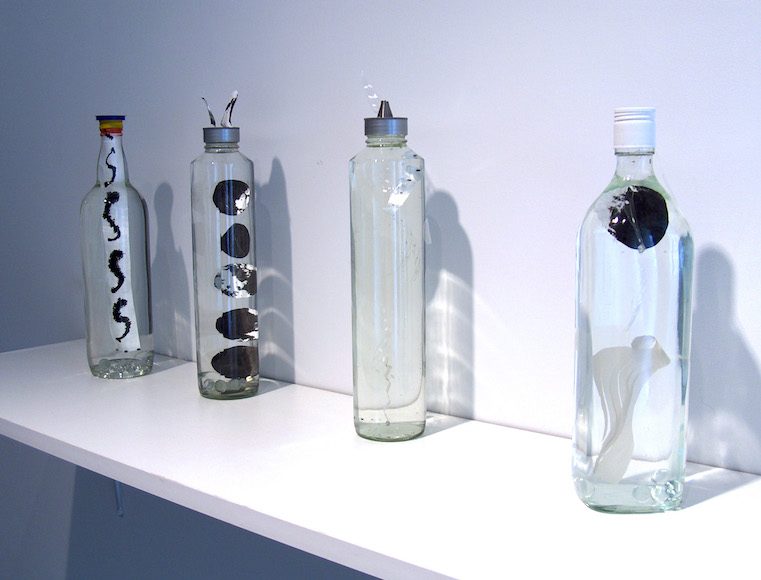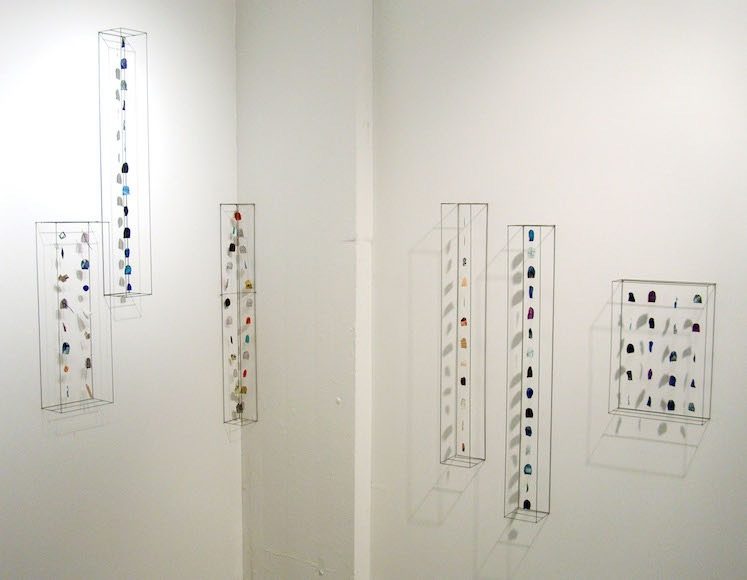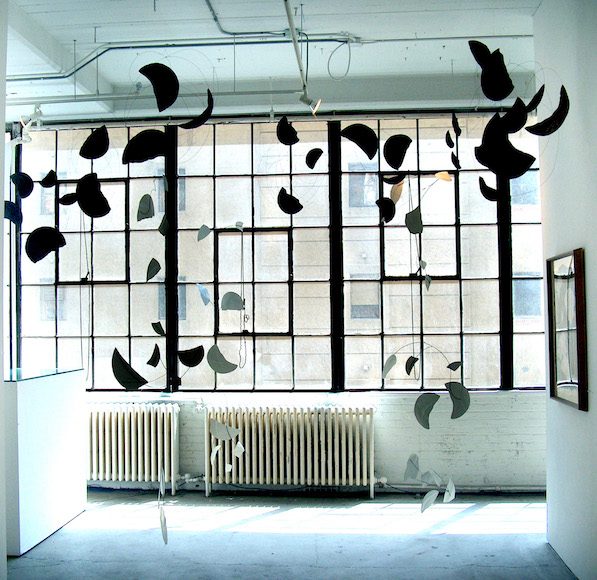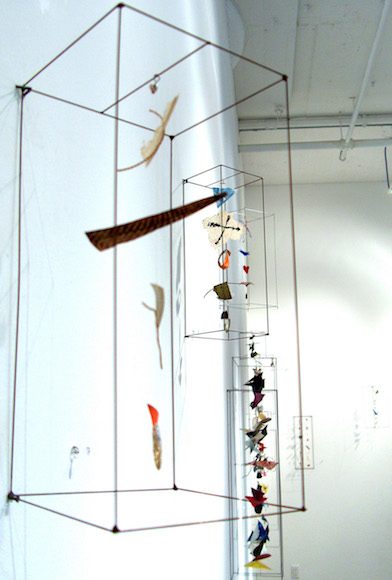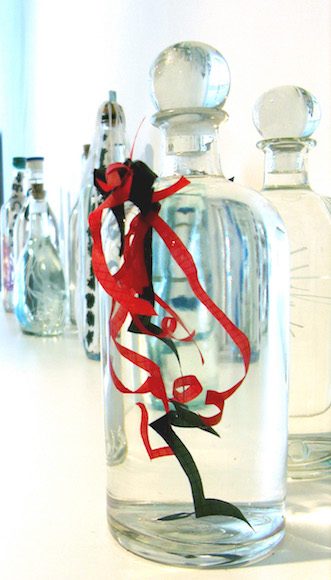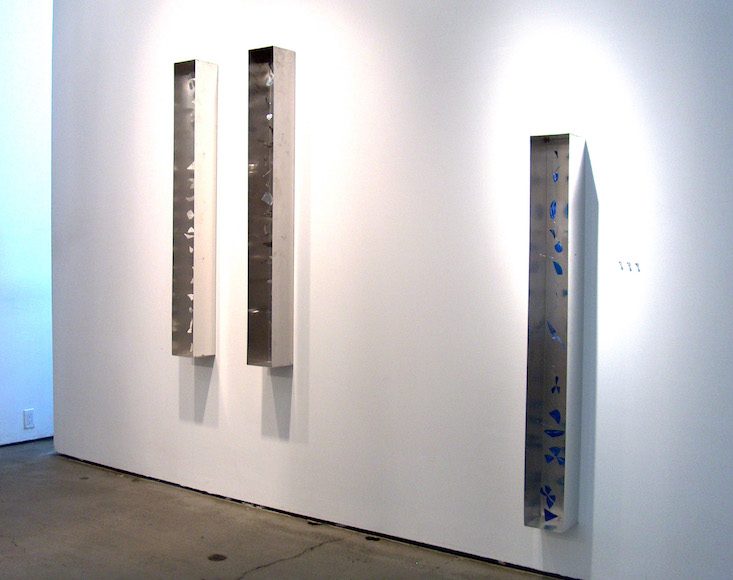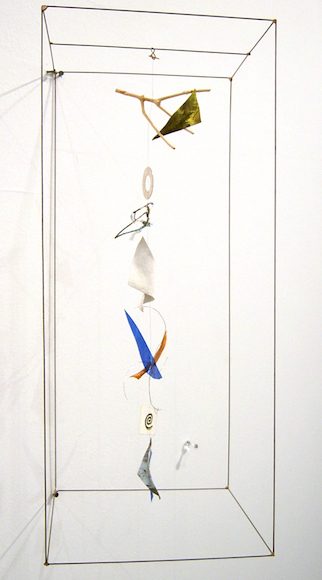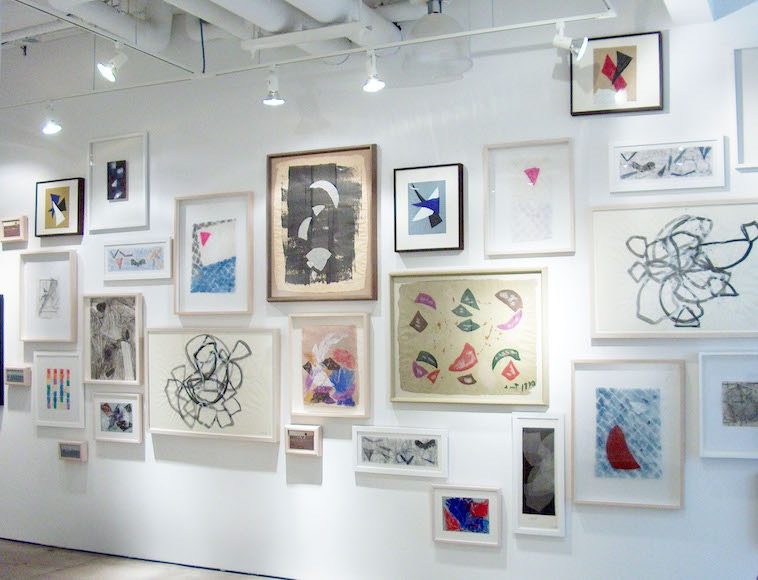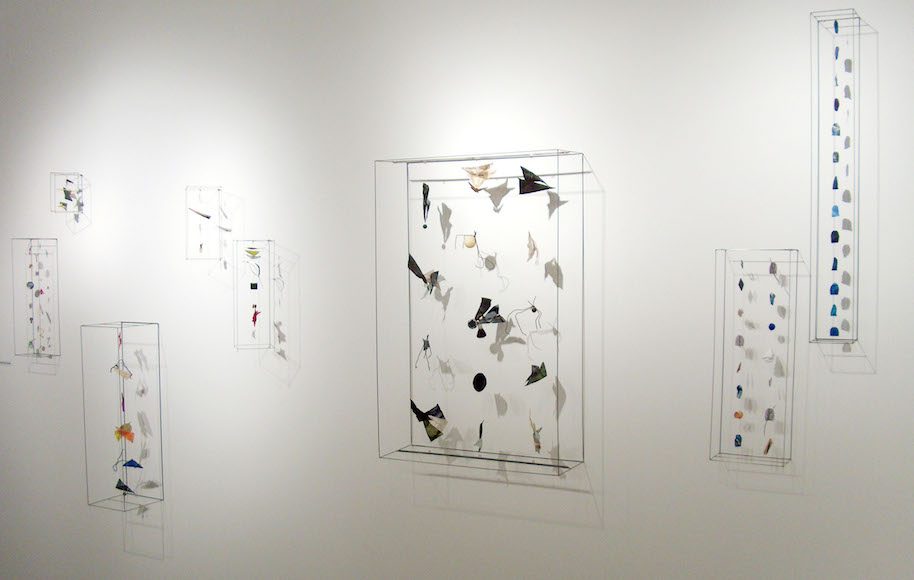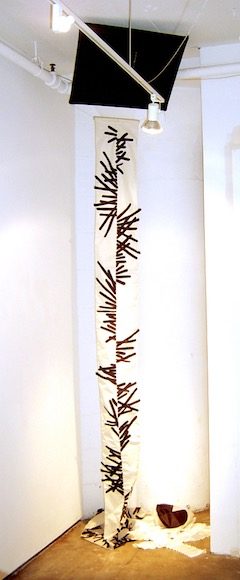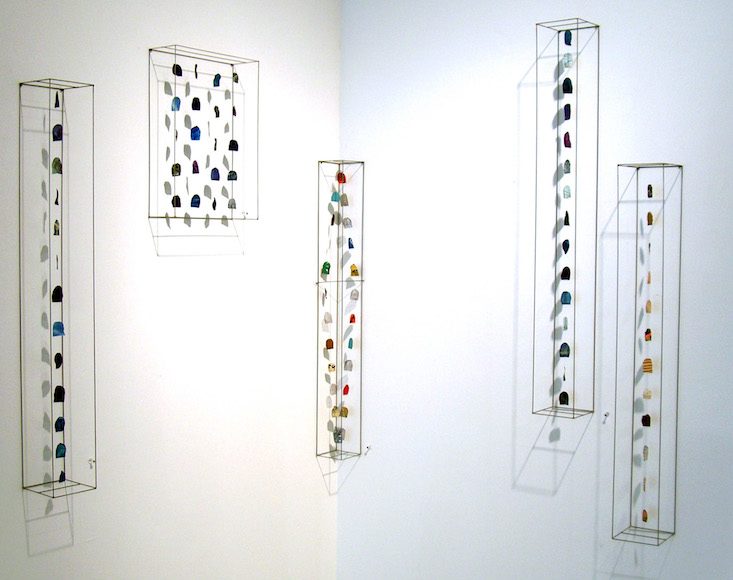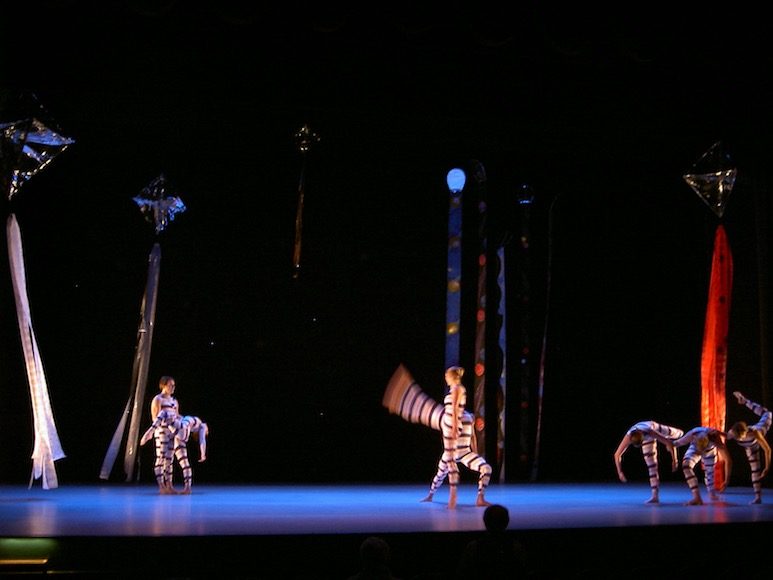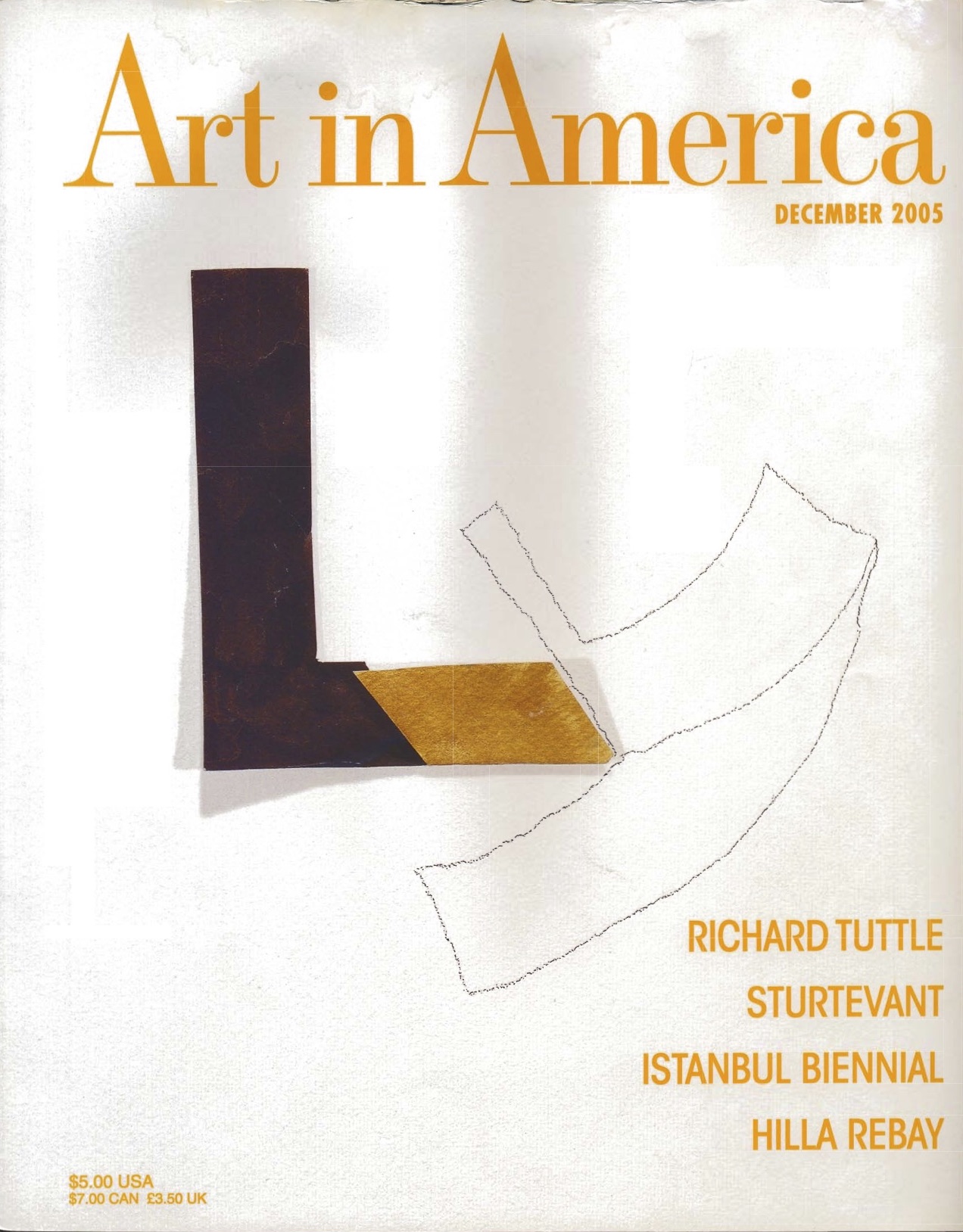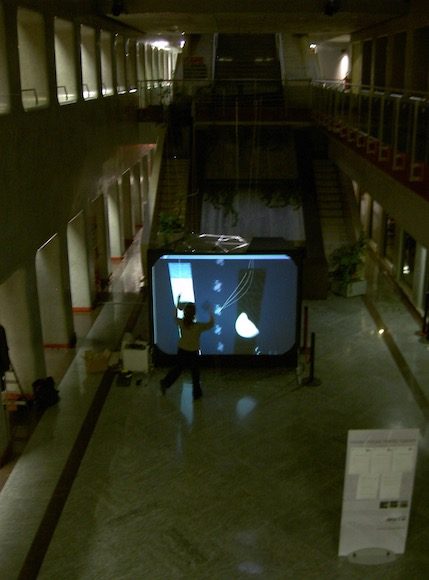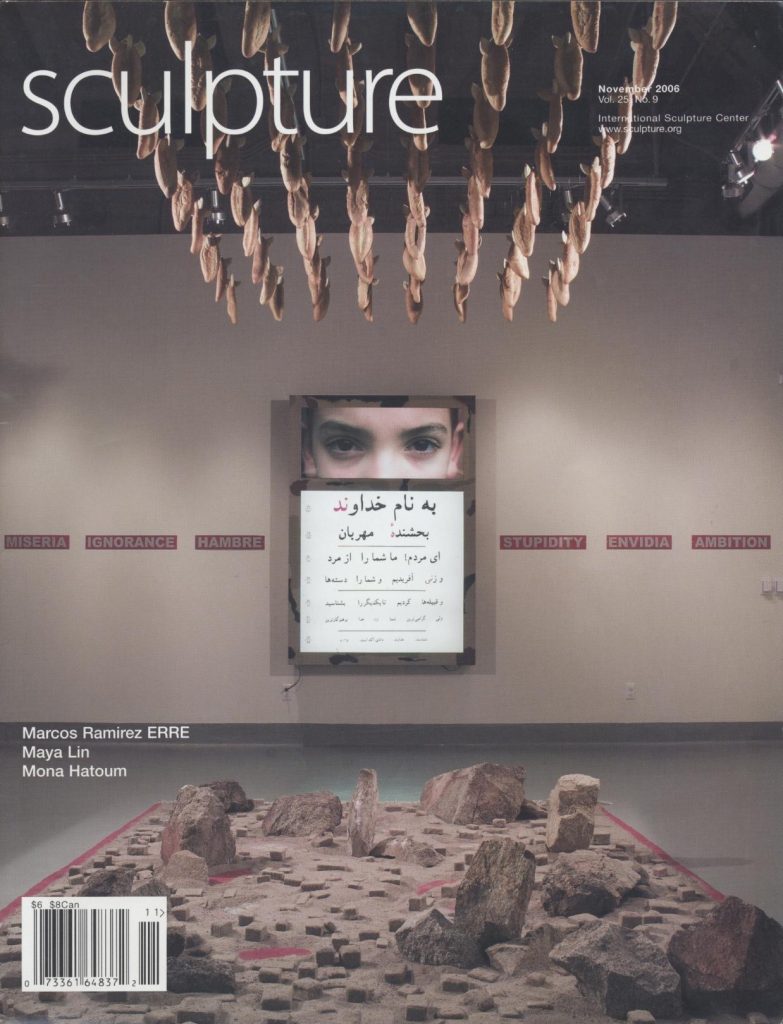MORE THAN ONE WAY HOME
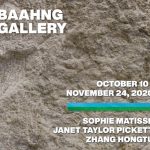
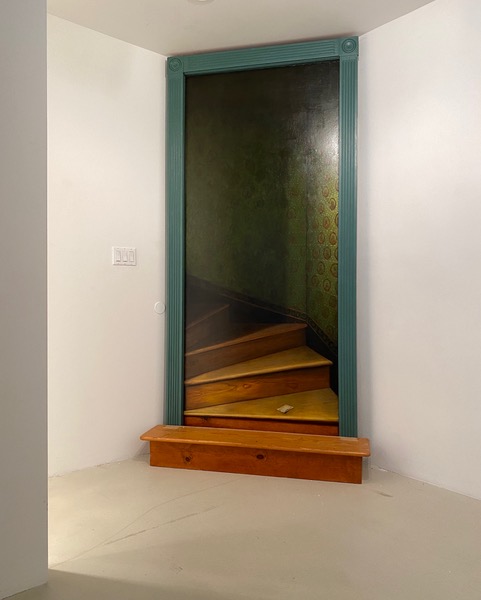
The Staircase Group, 2001
Oil on canvas with wooden step
108H x x 54Wx 13D in. (274.32H x 124.46W x 33.02D cm)
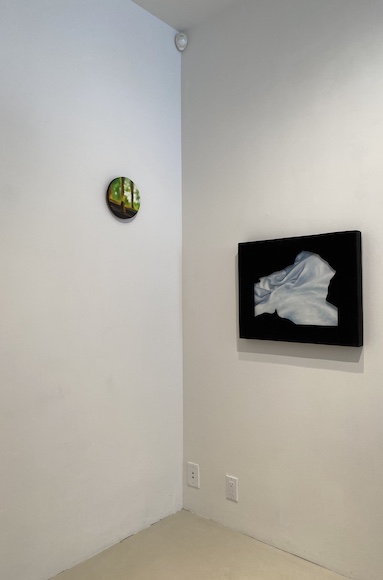
Homeward 1, 2020
Oil on wood
8 inch diameter (20.32 cm diameter)
&
Sophie Matisse
Origin of the World, 2003
Oil on canvas with velvet casing
18.5 x 22.5 in. (46.99 x 57.15 cm)
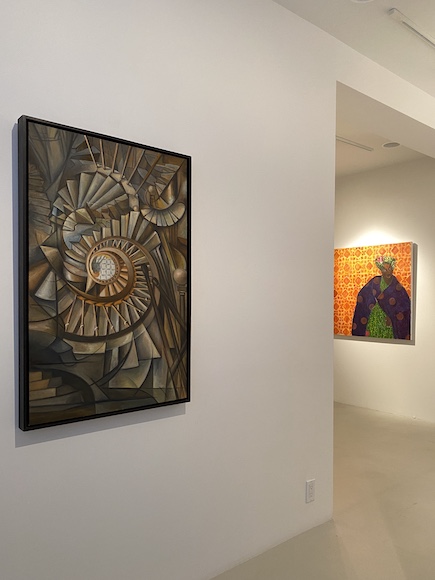
Nude Descending a Staircase, 2012
Oil on canvas
48 x 24 in. (121.92 x 60.96 cm)
&
Janet Taylor Pickett
She Has Agency, 2020
Acrylic and collage on canvas
40 x 40 in. (101.6 x 101.6 cm)
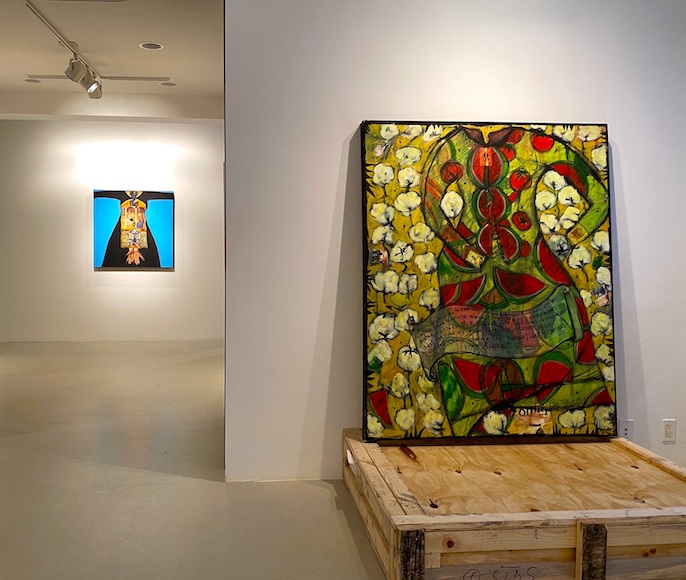
Ritual, 2003
Acrylic and collage on canvas
36 x 36 in. (91.44 x 91.44 cm)
&
Janet Taylor Pickett
Mellon Dress, 2001
Acrylic and collage on canvas
60 x 40 in. (152.4 x 101.6 cm)
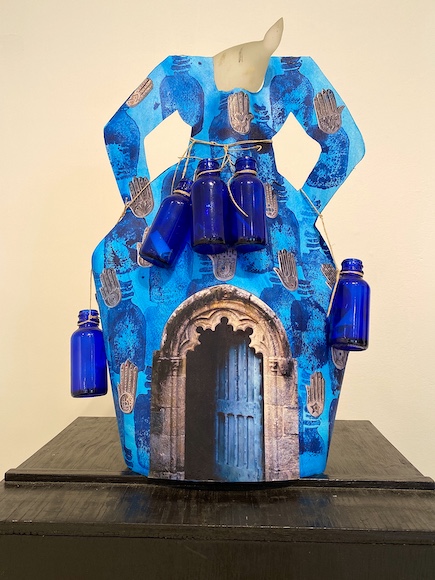
Charms & Inspirations, 2015
Sculpture with indigo blue glass bottles with messages inside, acrylic, collage,
and twine on shaped Arches paper over glass bottle
15 H x 10.5 W x 5 D in. (38.1H x 26.67 W x 12.7D cm)
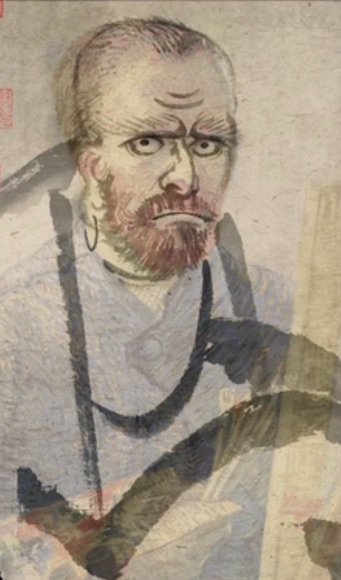
Still image #29 from video version of Van Gogh/Bodhidharma,
a set of 39 Ink Paintings on paper, 2007-2014
approx. 35 x 25 in (88.9 x 63.5 cm) each
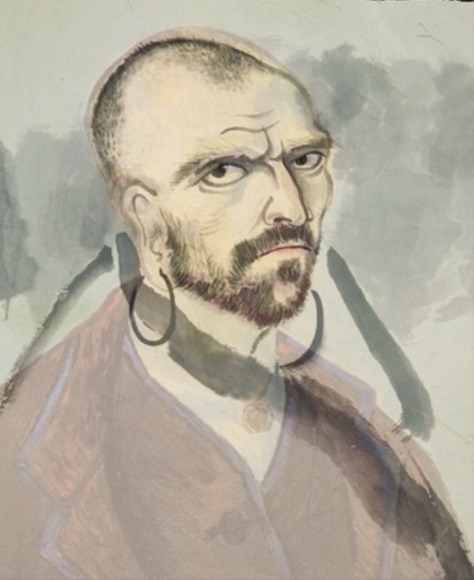
Still image #31 from video version of Van Gogh/Bodhidharma,
a set of 39 Ink Paintings on paper, 2007-2014
approx. 35 x 25 in (88.9 x 63.5 cm) each
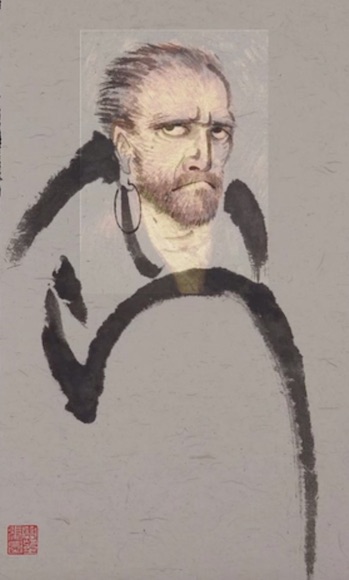
Still image #26 from video version of Van Gogh/Bodhidharma
a set of 39 Ink Paintings on paper, 2007-2014
approx. 35 x 25 in (88.9 x 63.5 cm) each
MORE THAN ONE WAY HOME
October 10 - November 24, 2020
Baahng Gallery celebrates its 2020 reopening with More Than One Way Home, an exhibition featuring the gallery’s represented artists: Sophie Matisse, Janet Taylor Pickett, and Zhang Hongtu. The exhibition offers a glimpse into the struggles of the artists and their coming to terms with their individual challenges. Sophie, the great-granddaughter of Henri Matisse and step-granddaughter of Marcel Duchamp, is an American oil painter working in New York City; Janet is an African American multi-media artist working on the West Coast; Hongtu is a Muslim Chinese artist who has been working in New York since 1982. The exhibition acknowledges and affirms that home, for these artists, is not situated in nostalgia. Rather, through a cyclical process of revisitation, they find home in both the present and future potential. More Than One Way Home follows a journey through each artist’s rite of passage in life and is a compelling visualization of distinct, individual expressive forms. Baahng Gallery is open Monday thru Friday, noon to 3pm, and by appointment.
Selected works from Sophie Matisse’s ‘Be Back in Five Minutes’ series are strategically installed in the gallery. Returning to renowned paintings by Gustave Courbet, Marcel Duchamp, Man Ray, Charles Wilson Peale through her unique lens, she appropriates and embellishes upon, or subtracts from, recognizable works from art history. The interplay between absence and presence in these haunting paintings is evocative. Featured as well is her most recent painting, ‘Homeward 1’. In this contemplative autobiographical tondo completed during the pandemic quarantine, the artist positions an errant chess piece peering out over a window ledge into the hazy verdant void, invoking solitude and the uncertain but hopeful future ahead.
‘Mappings of Memory’, a survey showcasing Janet Taylor Picket’s works, introduces selected paintings, collages, sculptures, and quilts from the 1990s through 2020. Her experiential work chronicles her journey as an African American woman, daughter, mother, and artist. Images drawn from art history, Africa, America and Europe, past and present, coexist in her often-ornate collages and paintings, defying linear timeframes and logical geographic or cultural relationships. The inclusion of the shipping crates in which the works were transported to the gallery adds a poignant historical dimension to the installation, referencing both her personal odyssey and that of her ancestors. The suggestive titles of the works on view reflect her creative vision: ‘Spirit Catchers', ‘Hot House', 'Melon Dress’, 'Exotica Botanica’, ‘Thoughtful Resilience’, and ‘She Has An Agency,’ the latter produced in 2020. These works constitute the artist’s confessional narrative circling back with newly found wisdom in life as well as in art. More Than One Way Home inaugurates Pickett’s representation with Baahng Gallery and presents her first New York exhibition.
Zhang Hongtu’s video, ‘Van Gogh/Bodhidharma’, is the centerpiece of his installation. This mesmerizing video production builds on his seven-year project (2007 – 2014), a set of 39 ink paintings that rework Van Gogh’s 39 extant self-portrait oil paintings in the style of classical Zen portraits of Bodhidharma. Revealed in both this video and the original endeavor upon which it was based are parallels in the lives and aesthetics of Zhang and Van Gogh. The artist compels viewers in both iterations of this project to reconsider Van Gogh’s fascination with Asian aesthetics, registering a more philosophical connection and inner resonance between the European post-impressionist artist and the East. Reflecting upon this project, Zhang expresses his approach as one that ‘dares to mate a horse with an ox’. Framing the video are wall texts quoting provocative passages from Van Gogh’s letters to his brother Theo and to Paul Gauguin. More Than One Way Home marks the launch of Zhang’s visionary ‘Van Gogh/Bodhidharma Project’—a quixotic effort to unite his ink paintings with the original painted portraits—and announces his official gallery representation with Baahng Gallery.
Related:
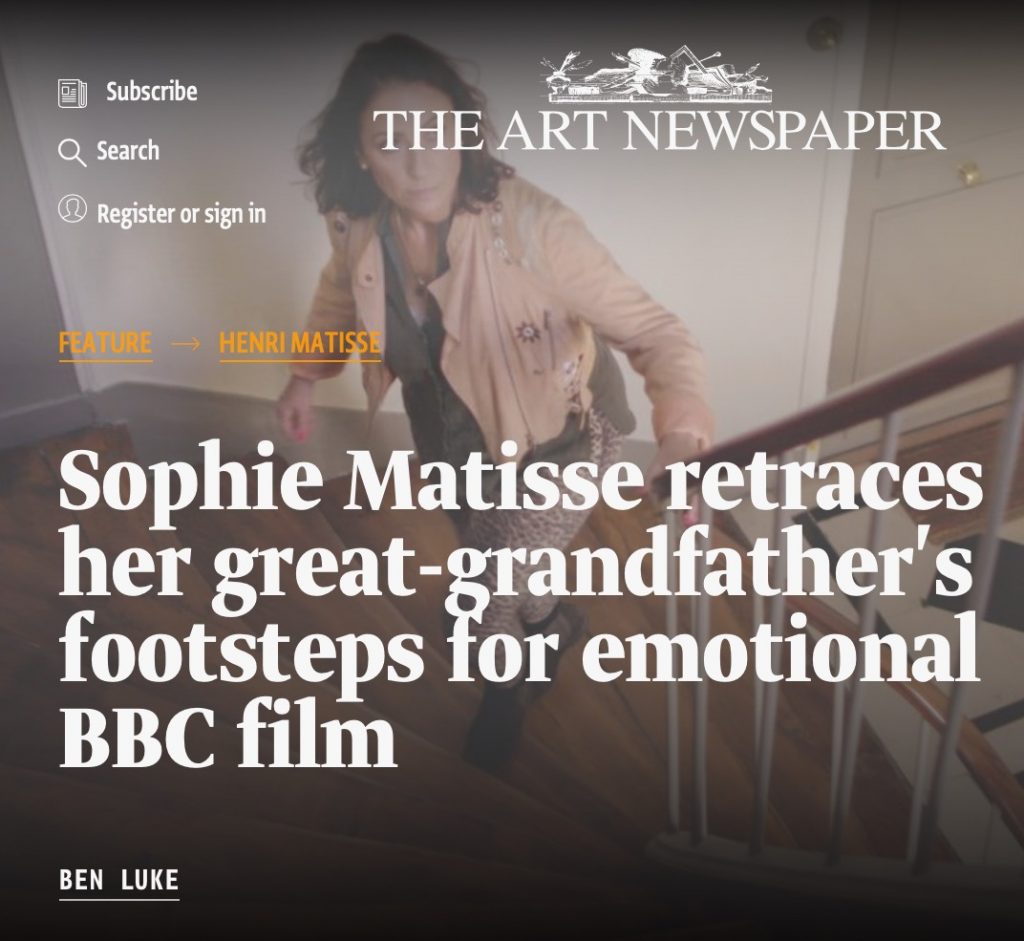
Sophie Matisse was interviewed by BBC TWO on “Becoming Matisse”

Janet Taylor Pickett is included in Century: 100 Years of Black Art at MAM
Categories: exhibitions
